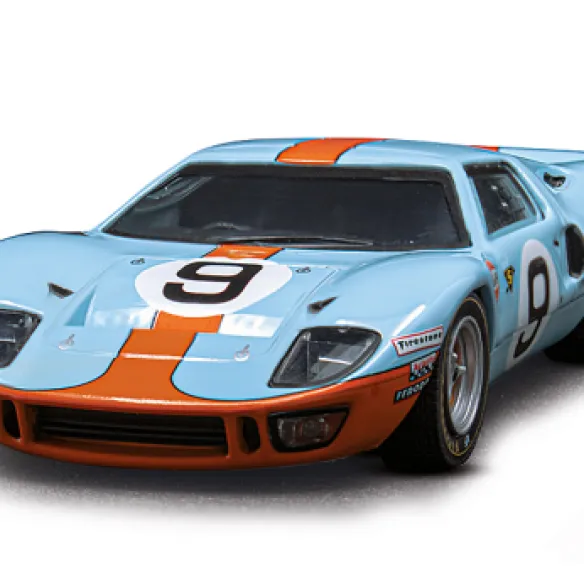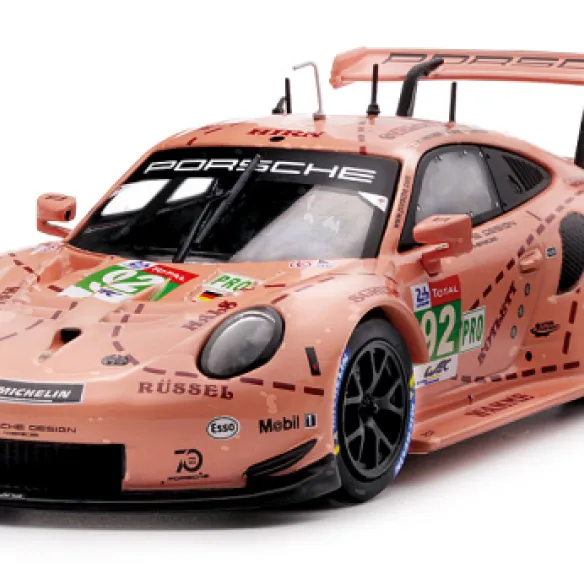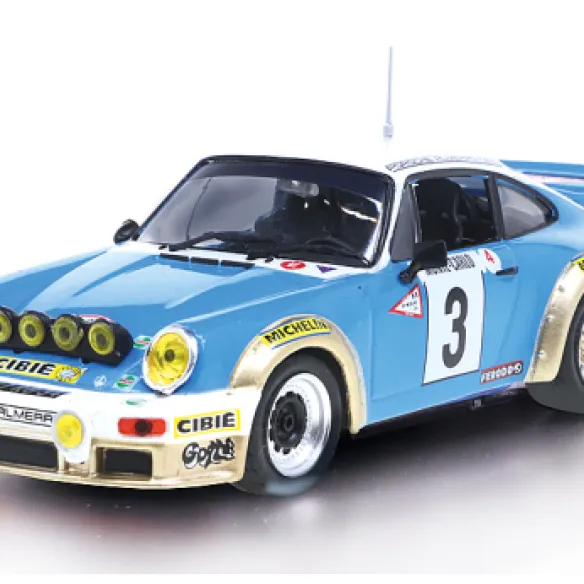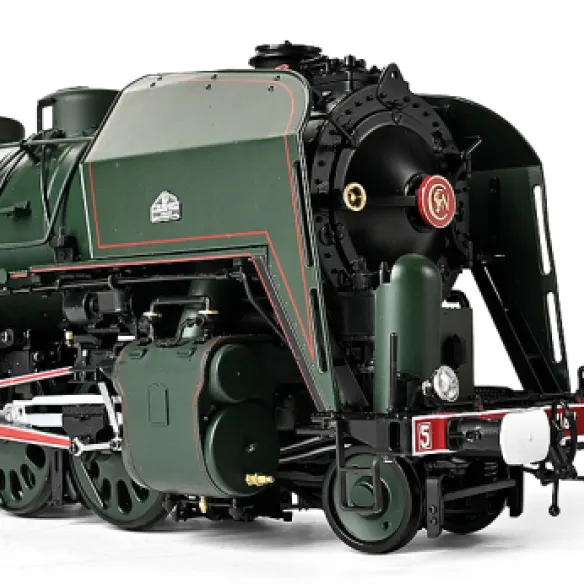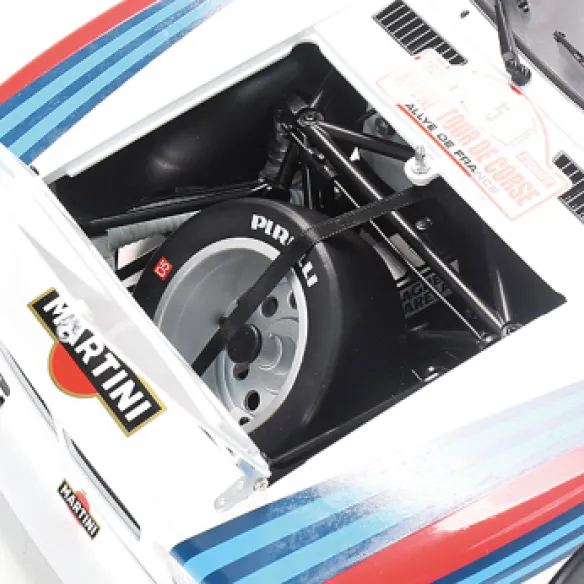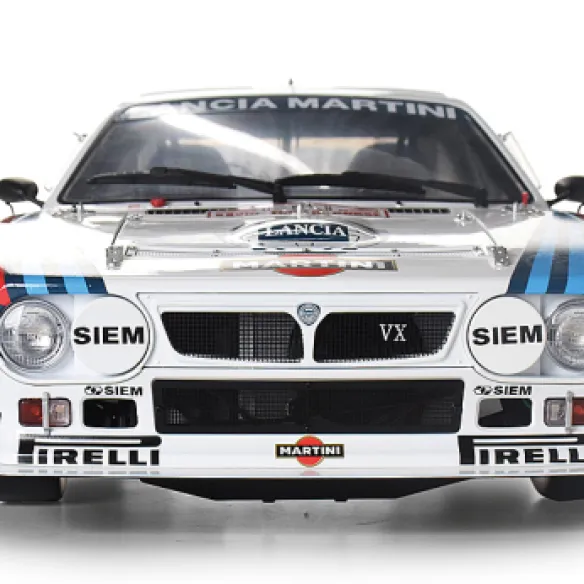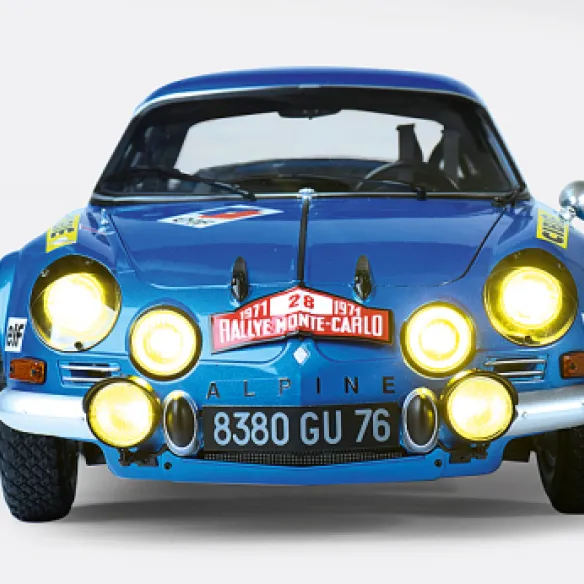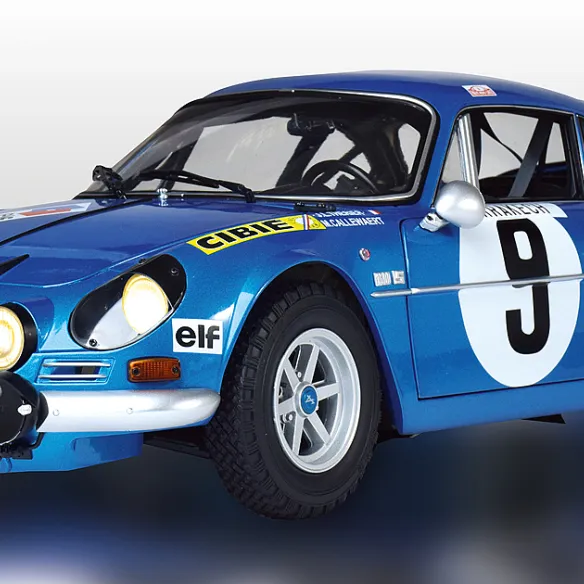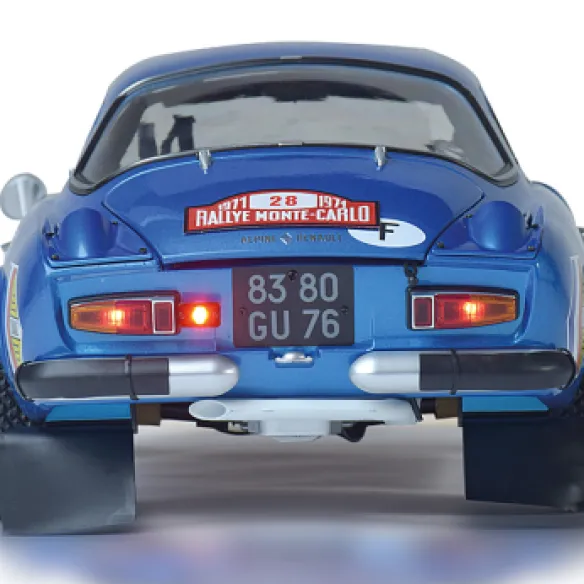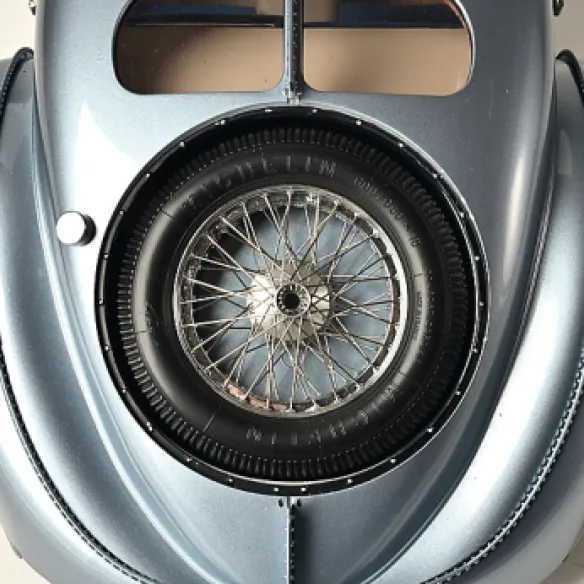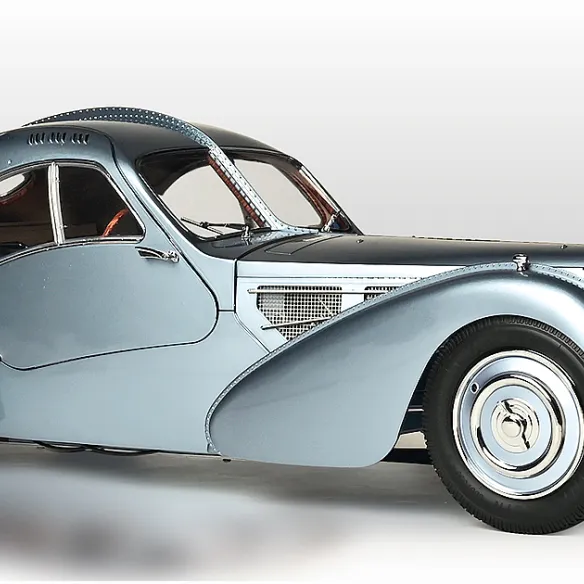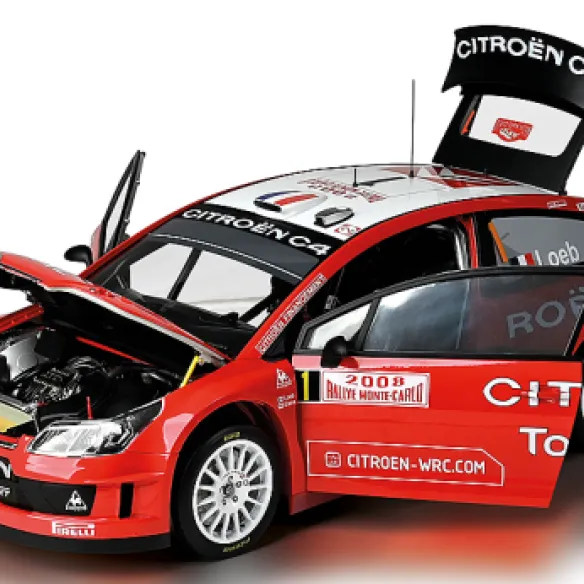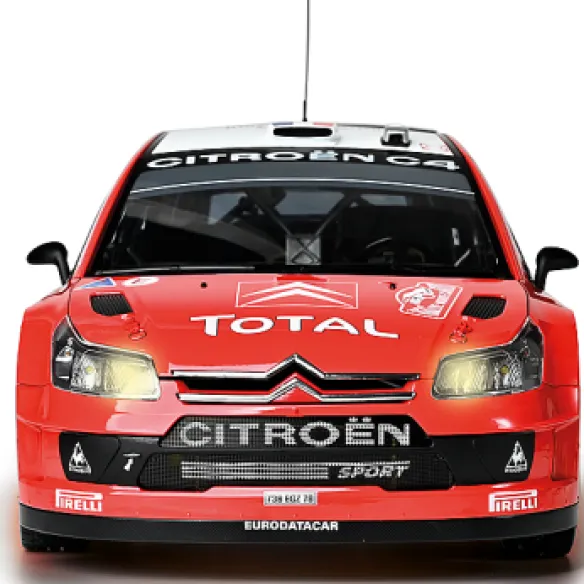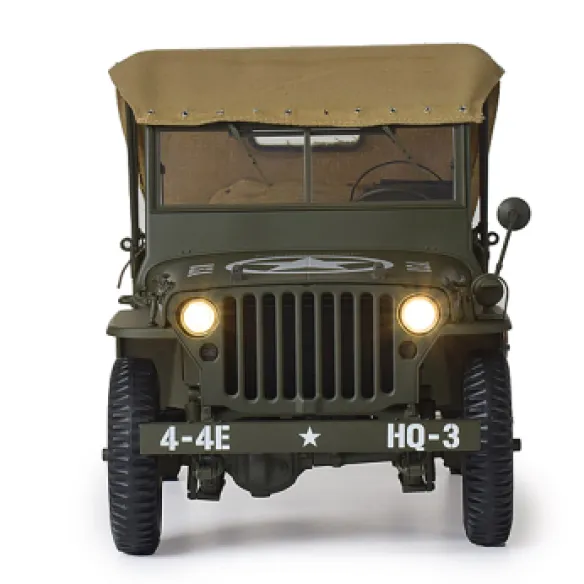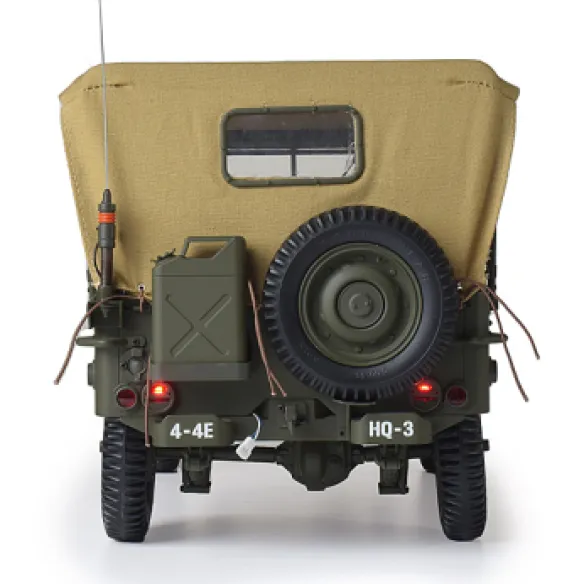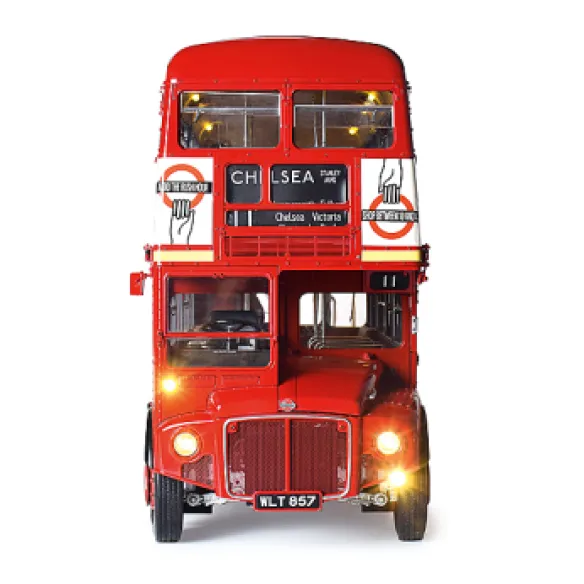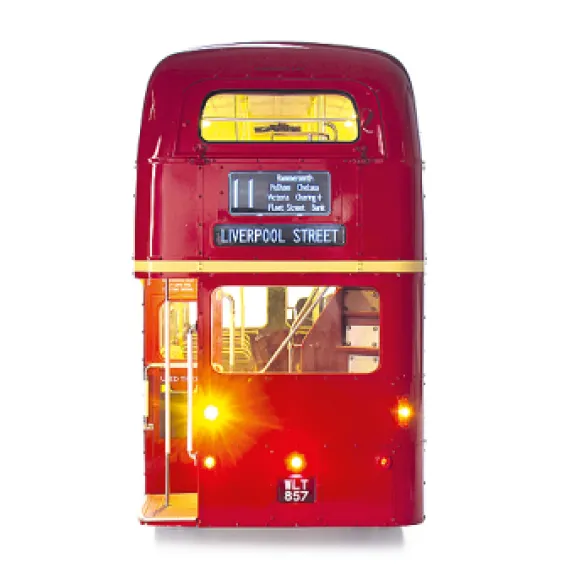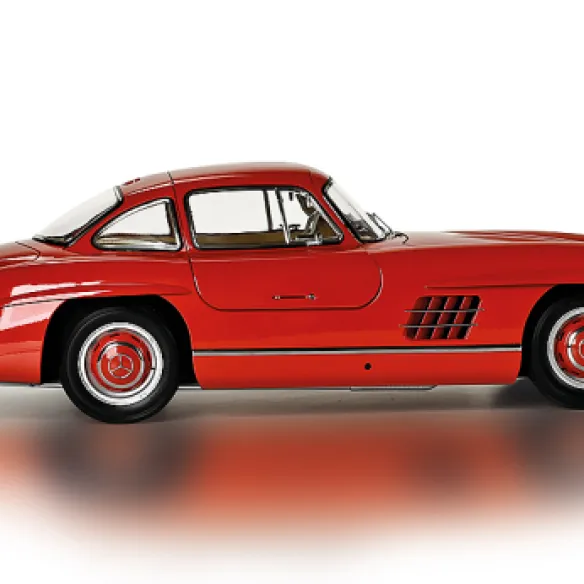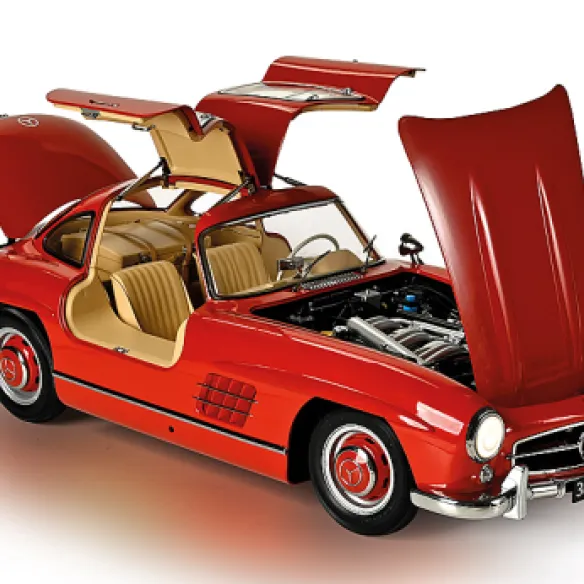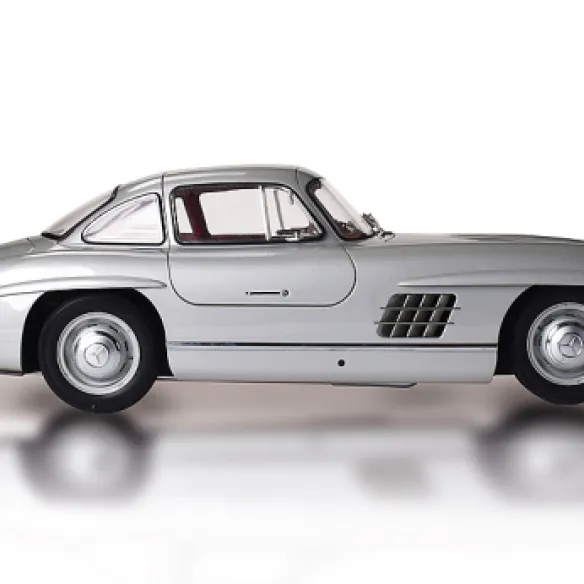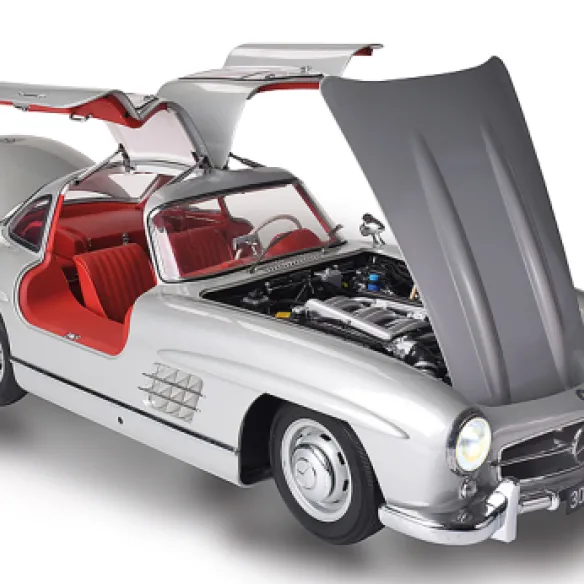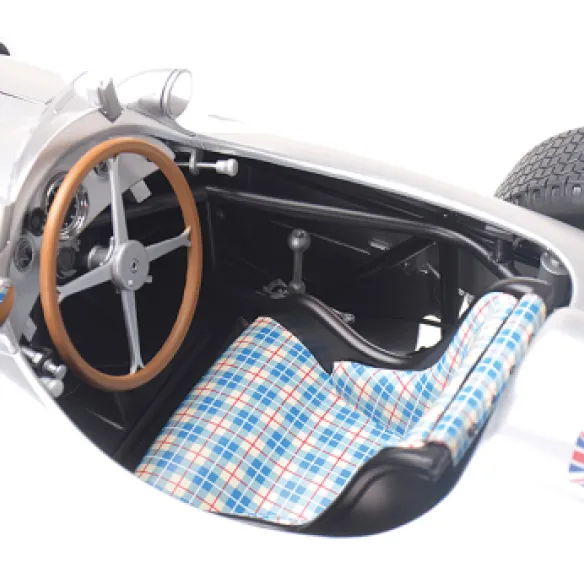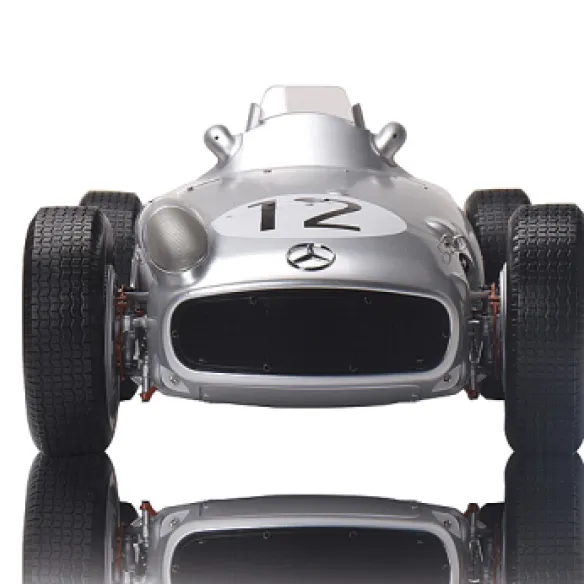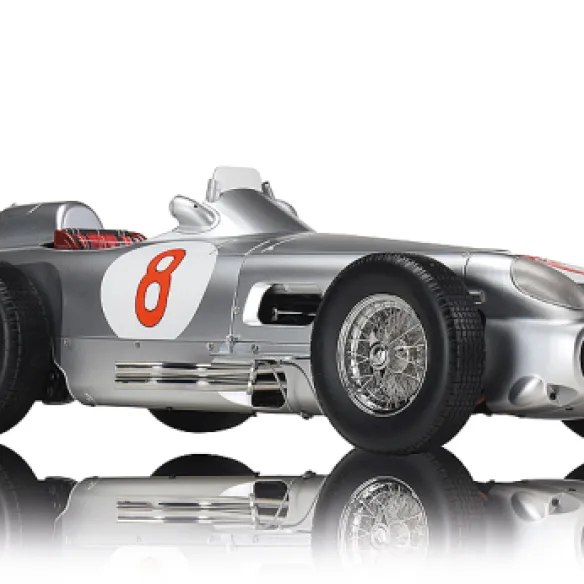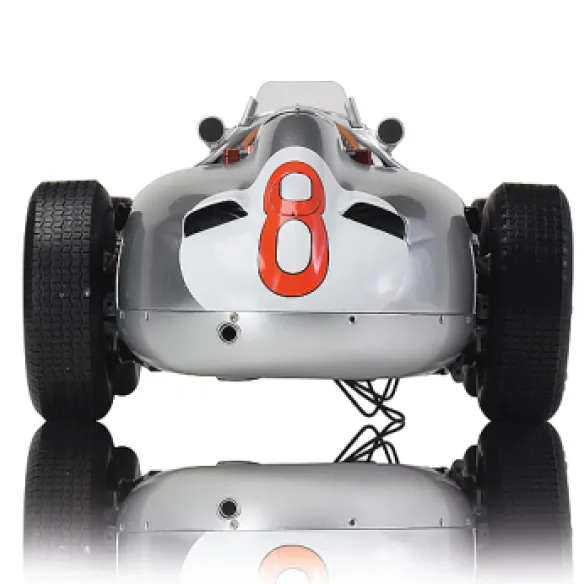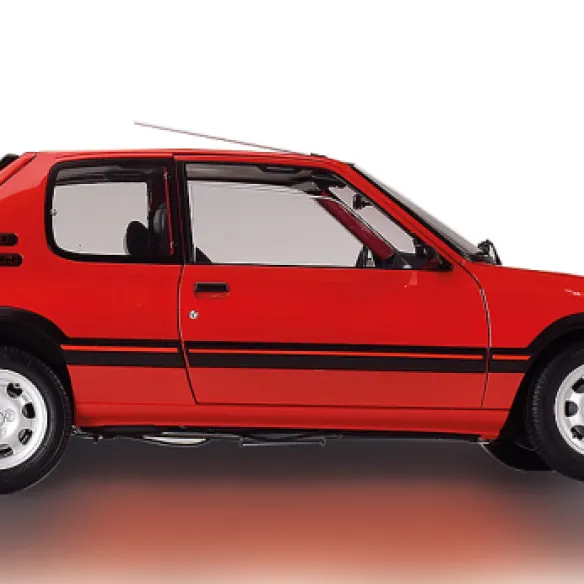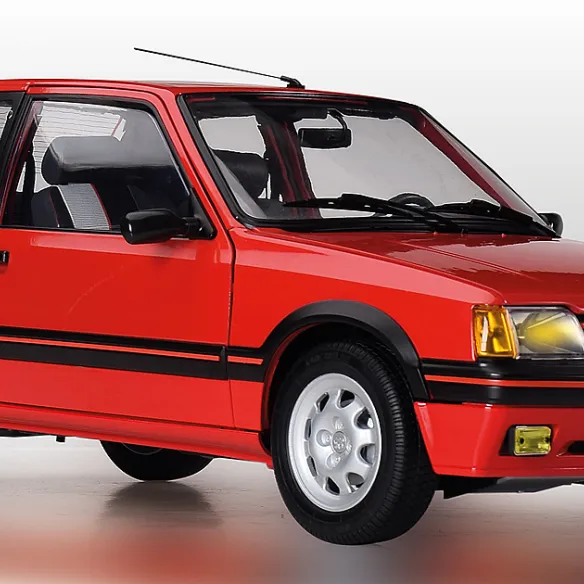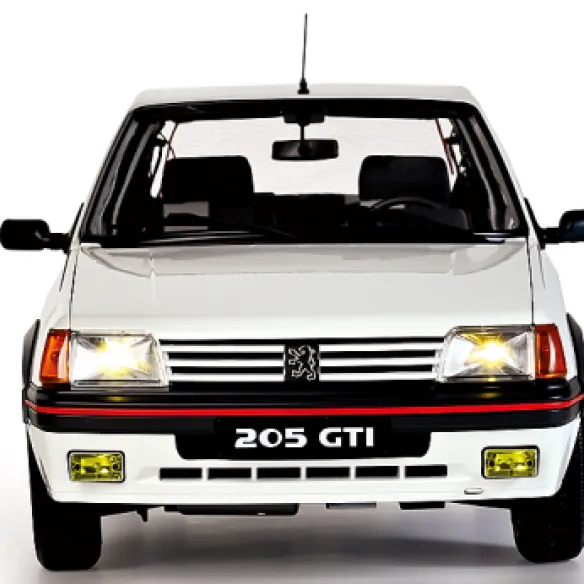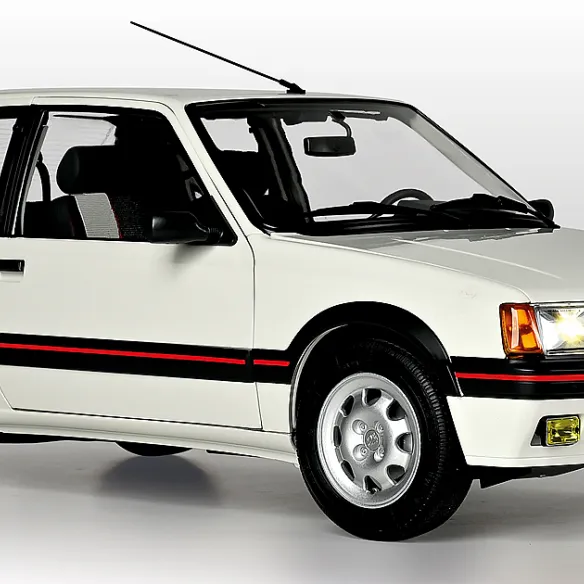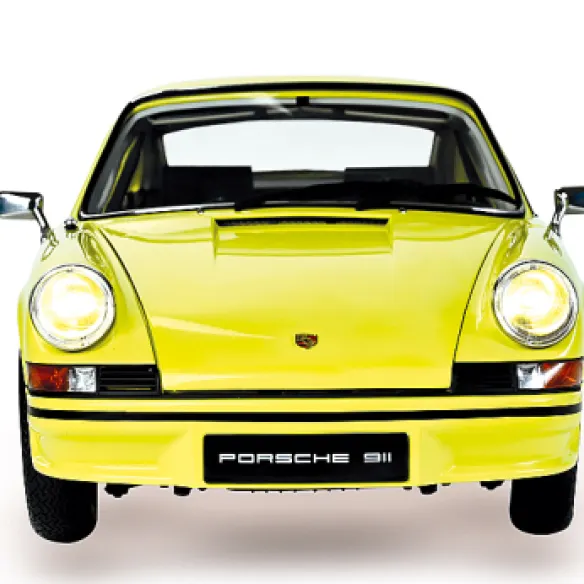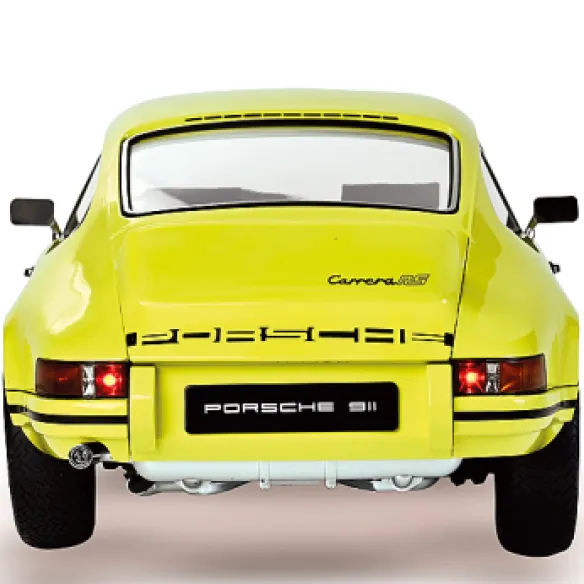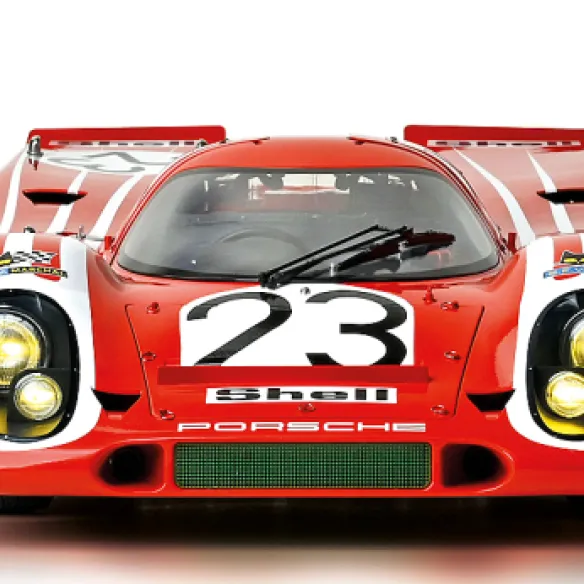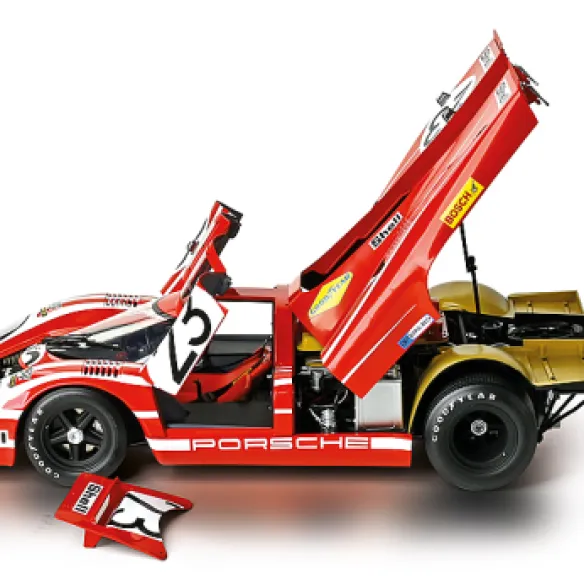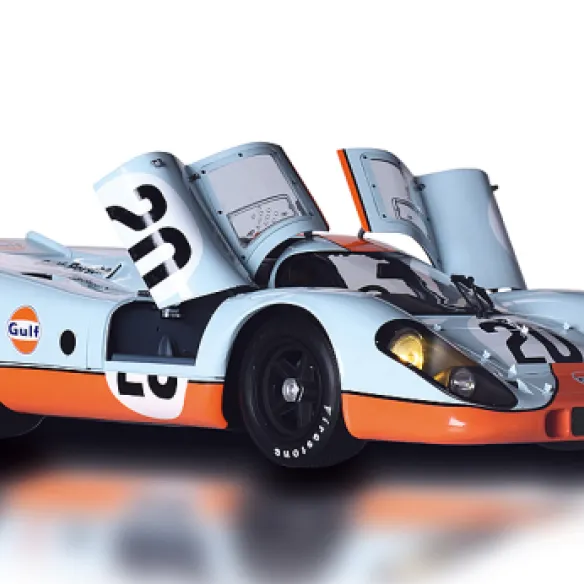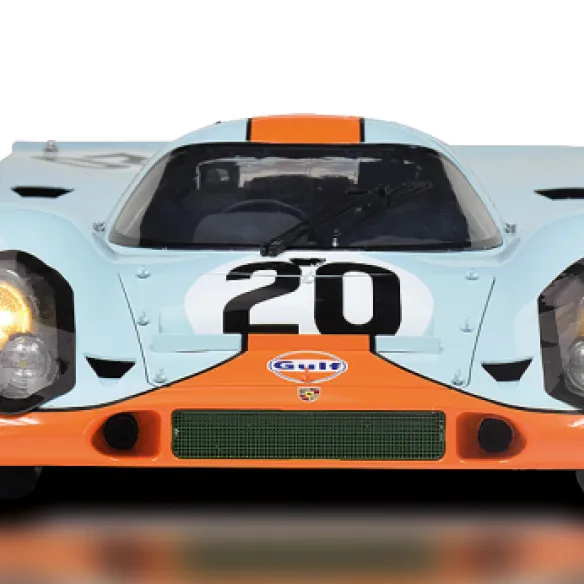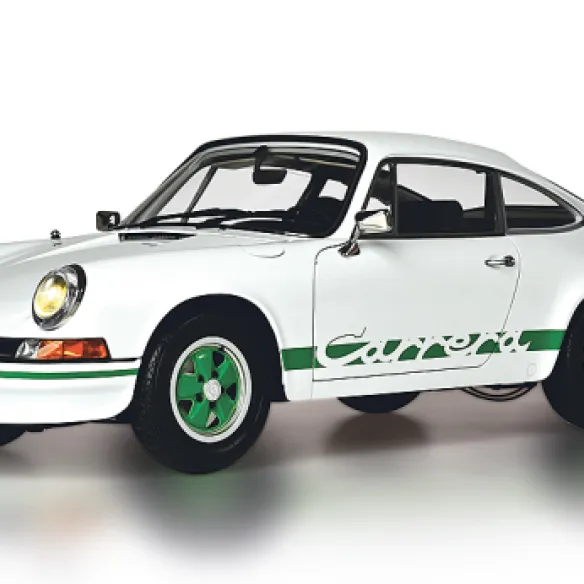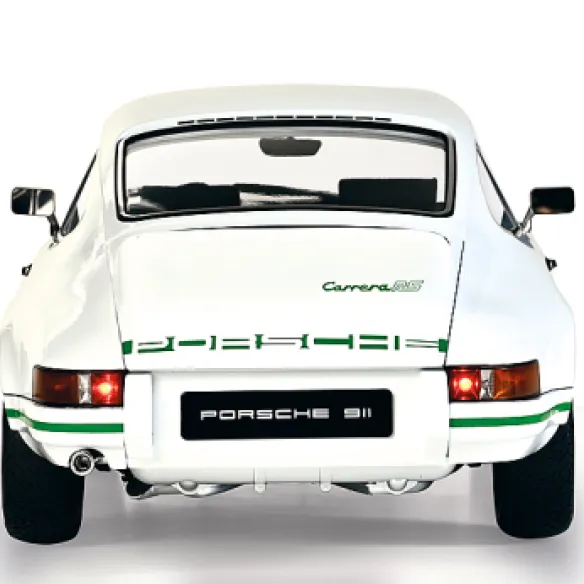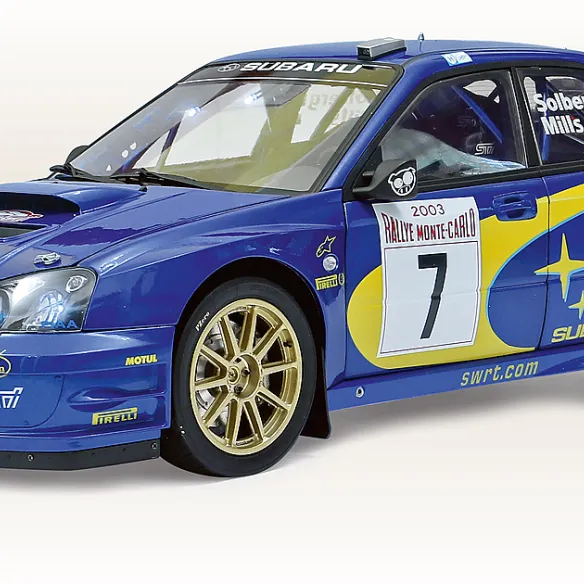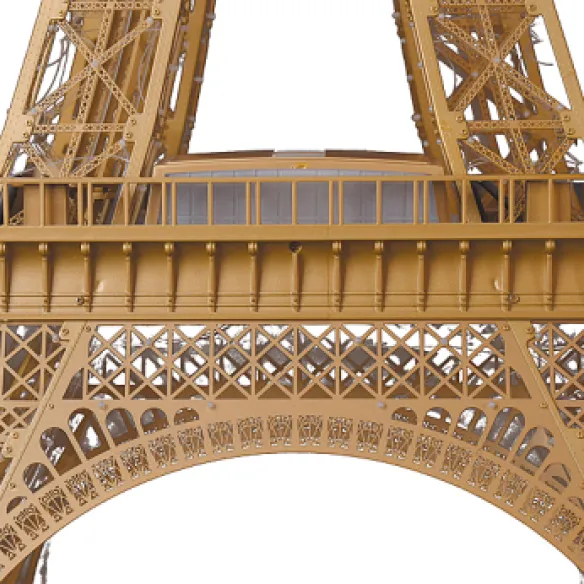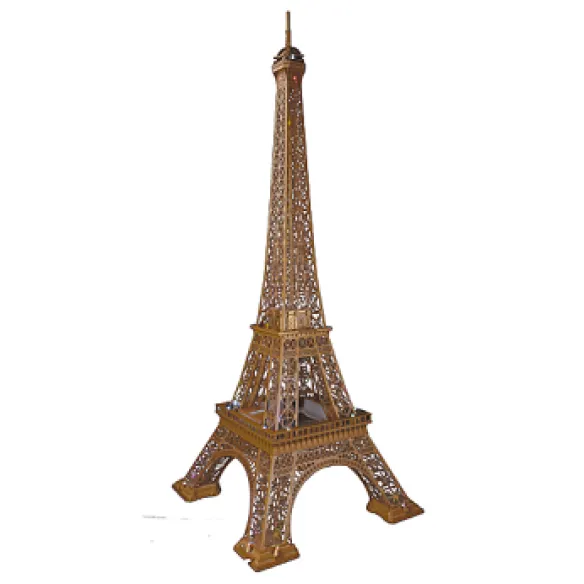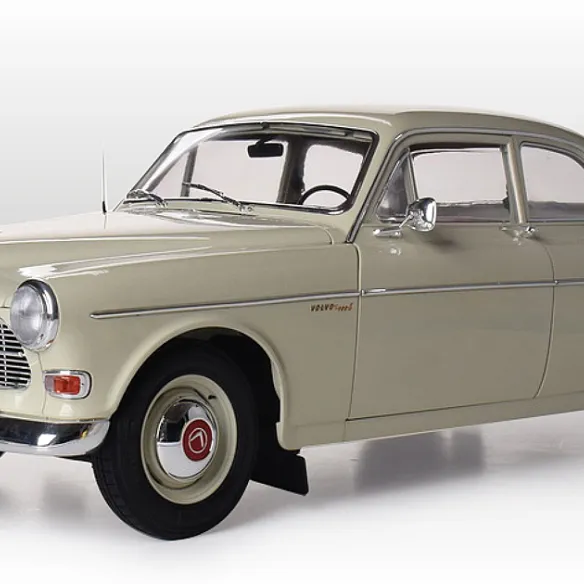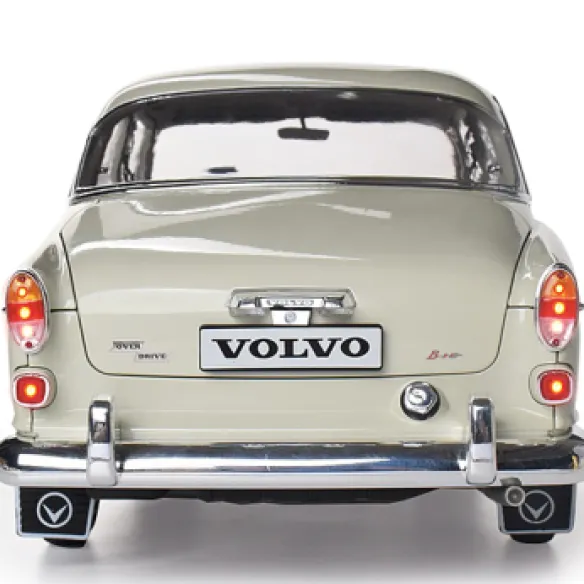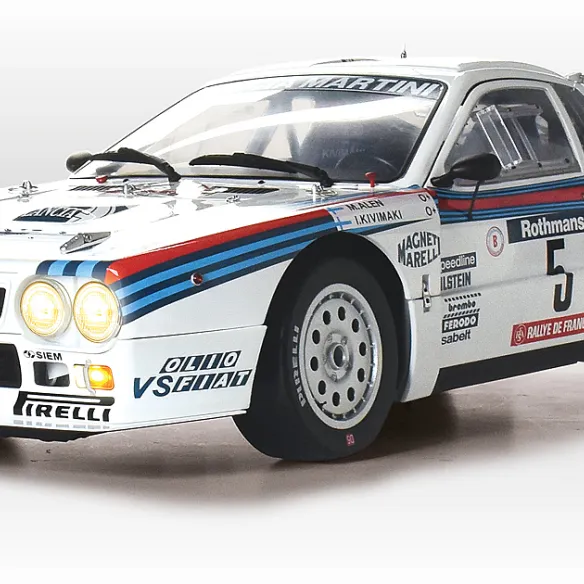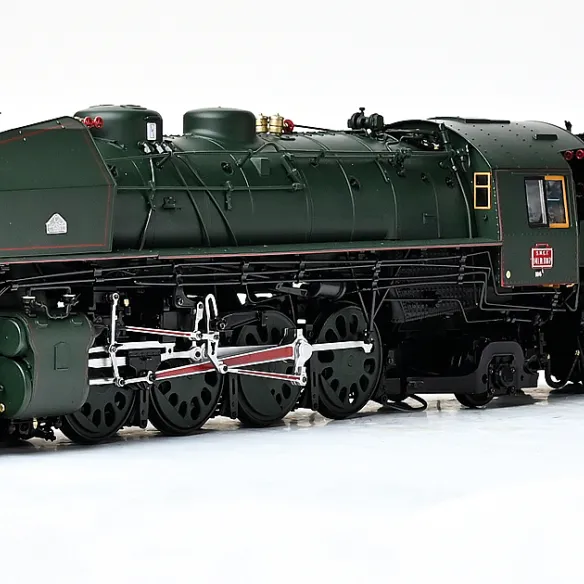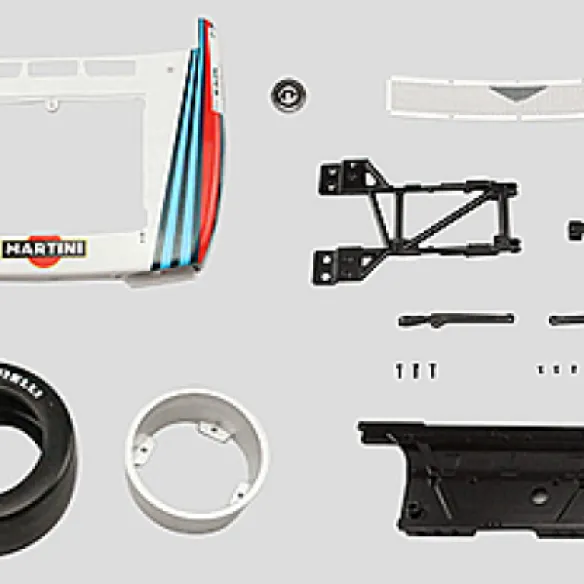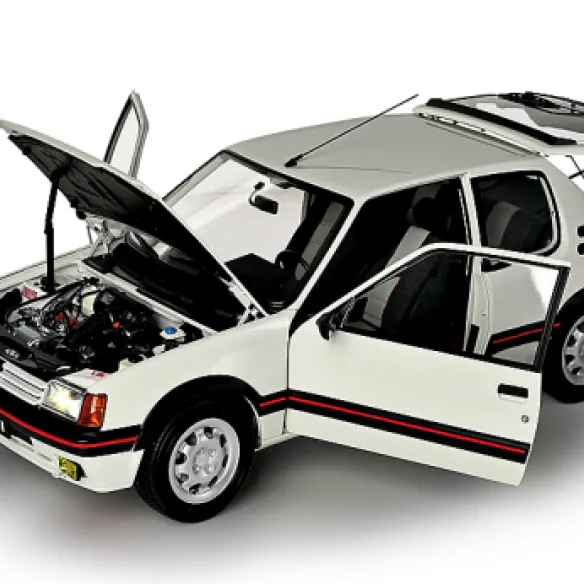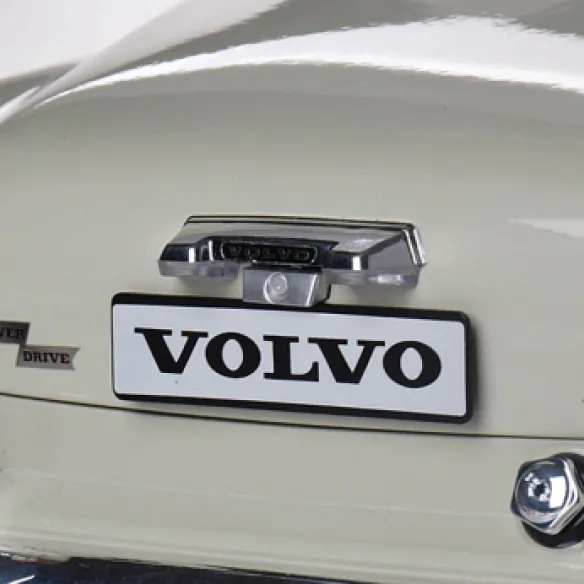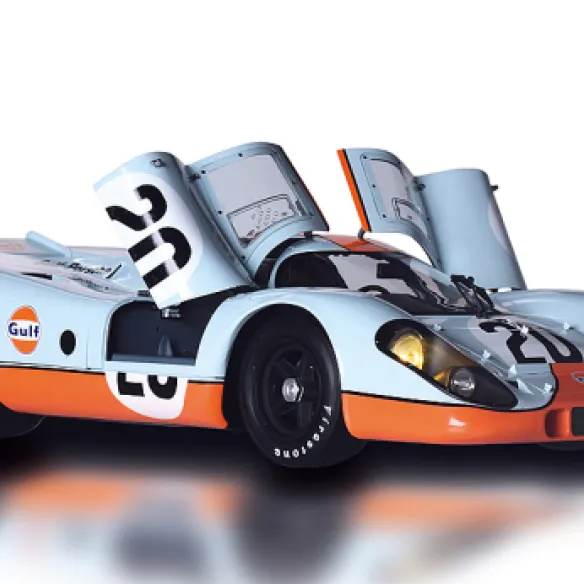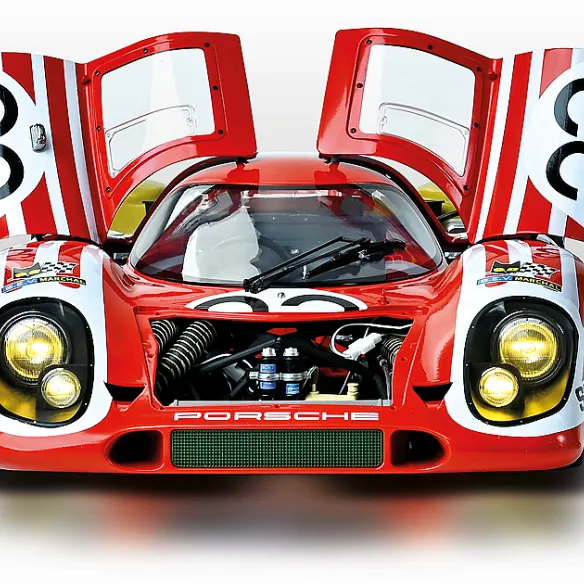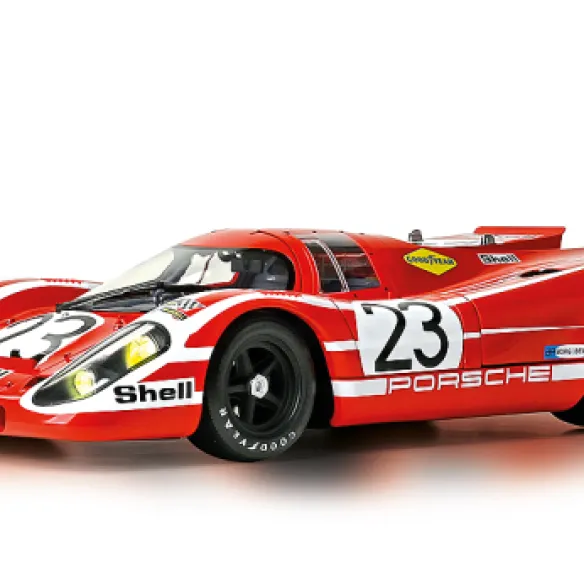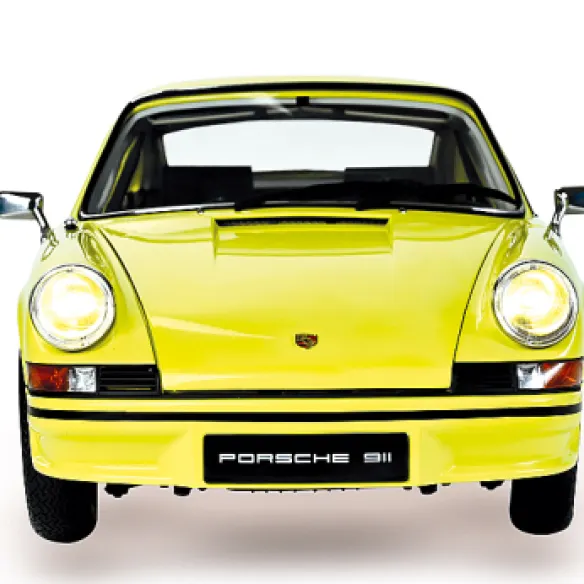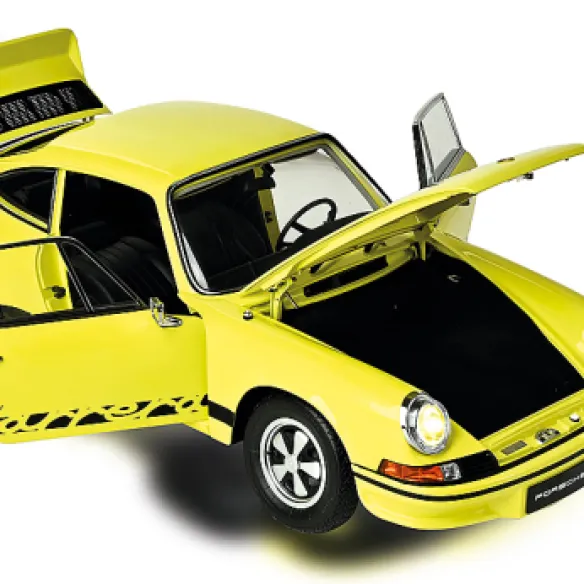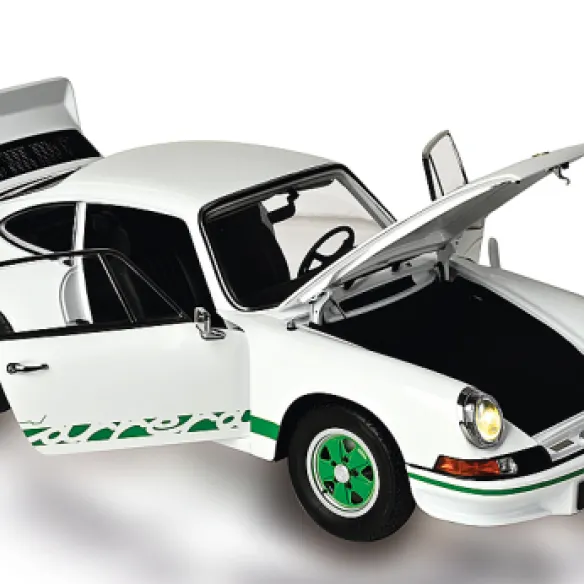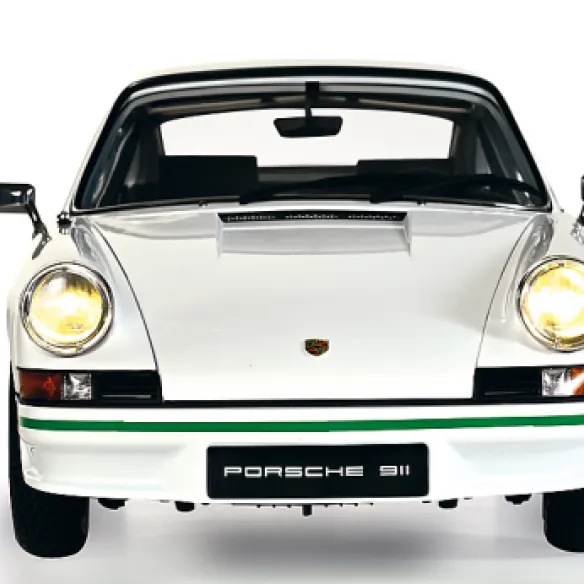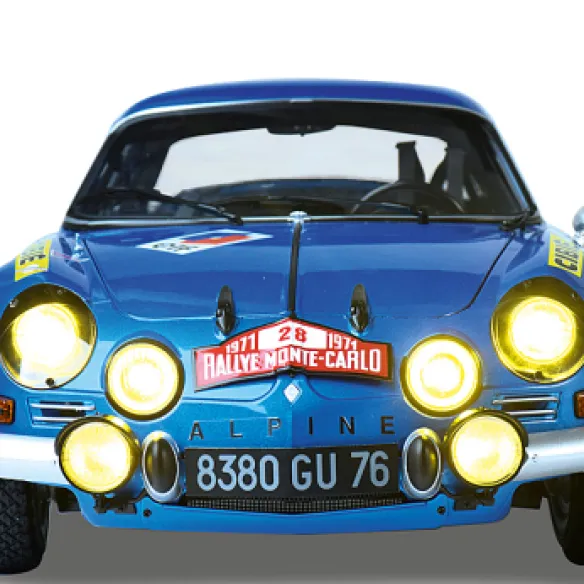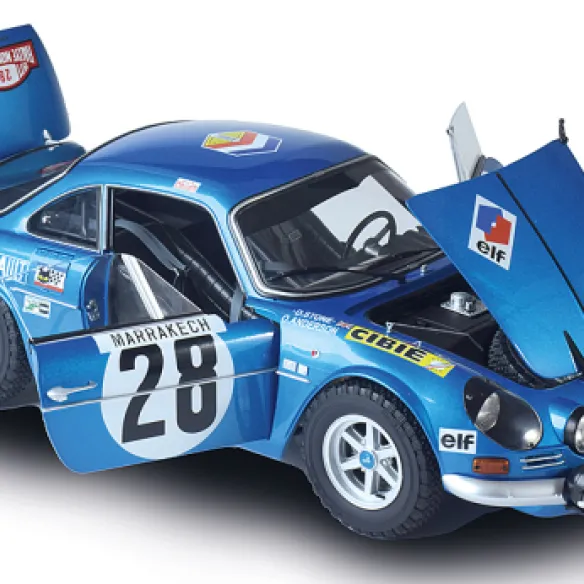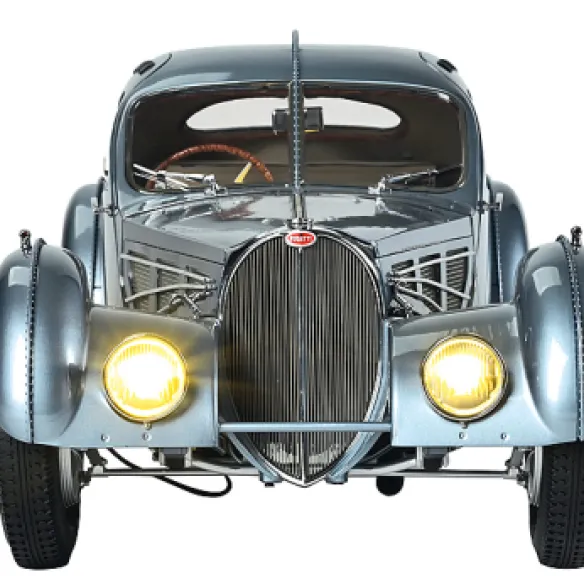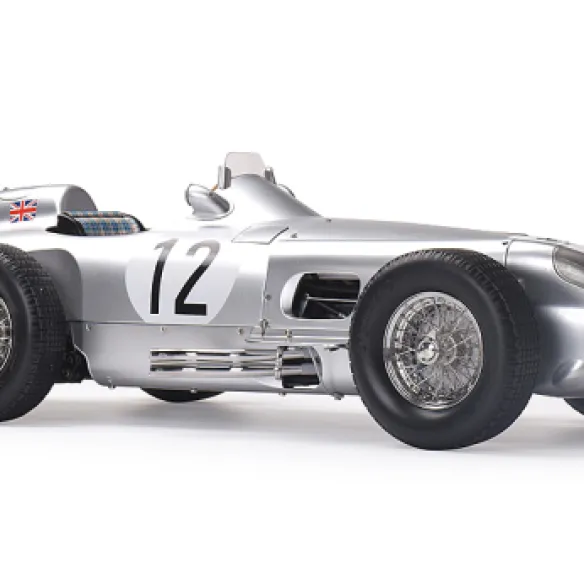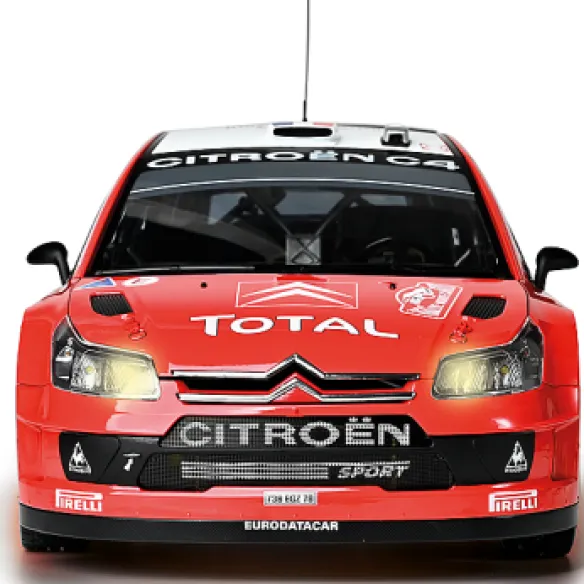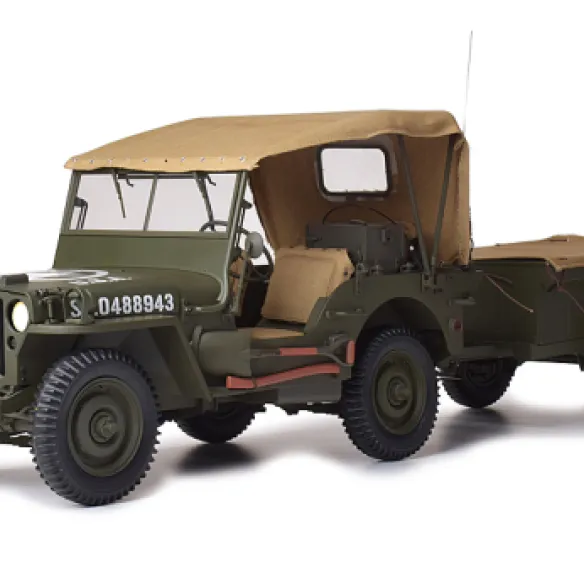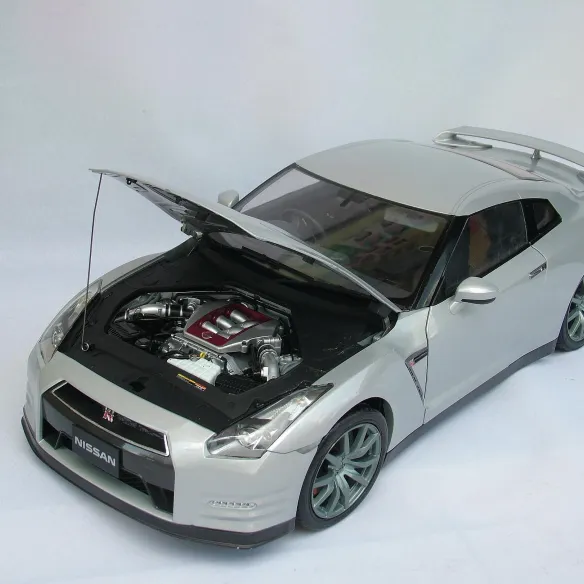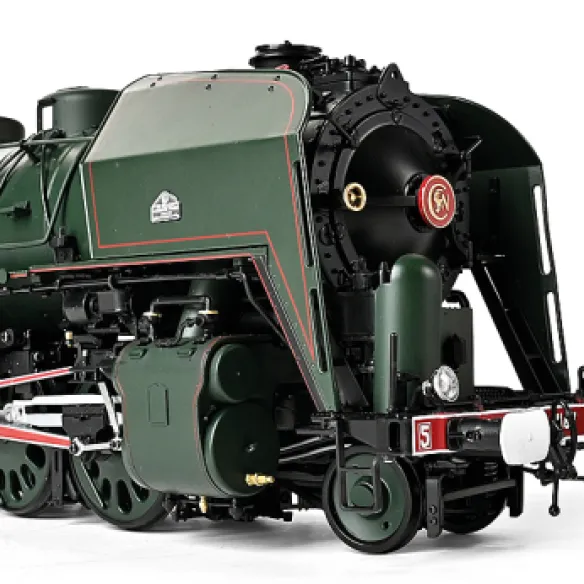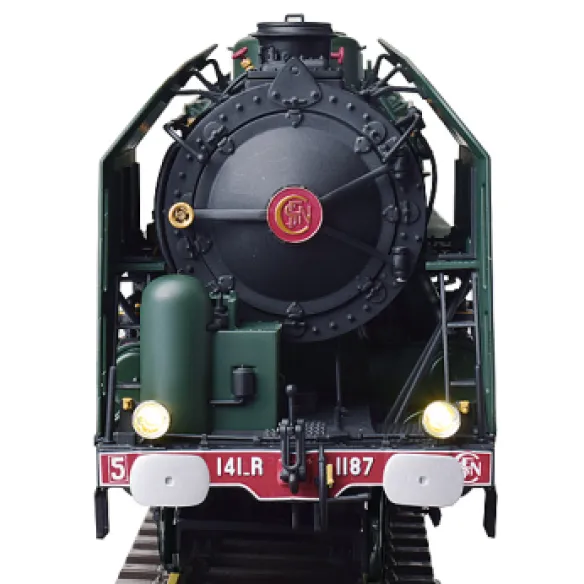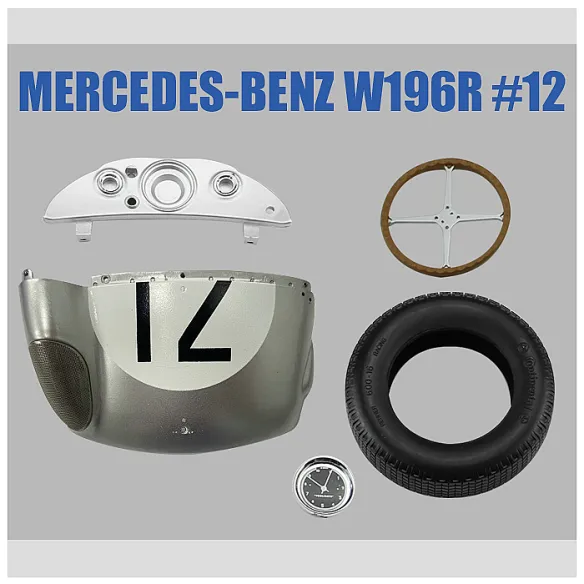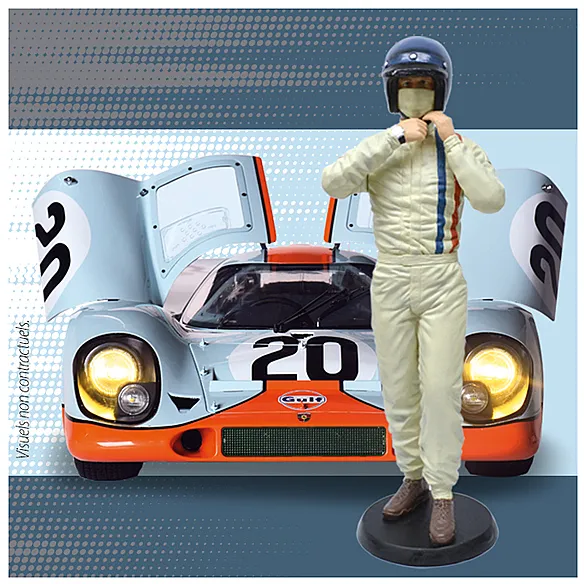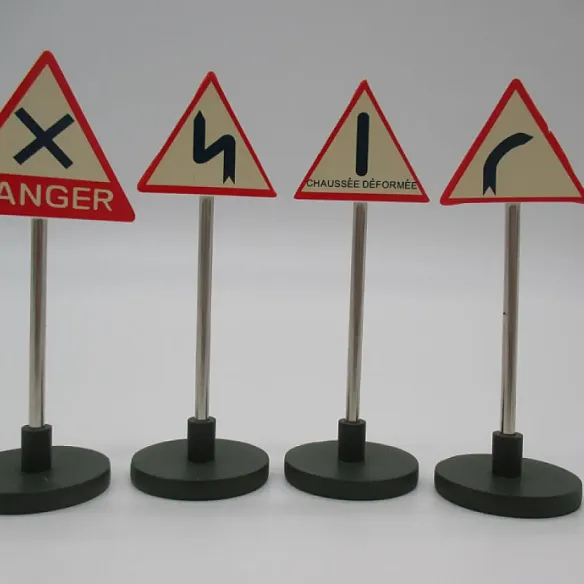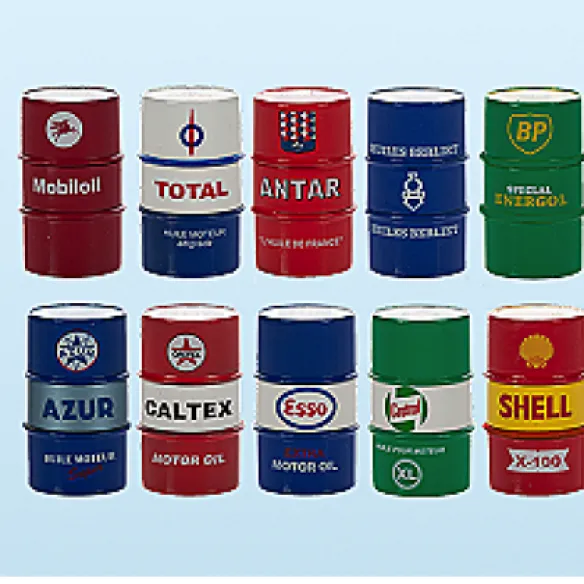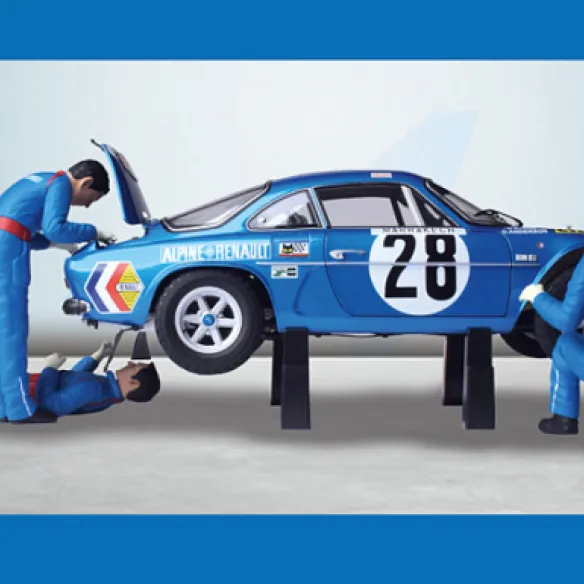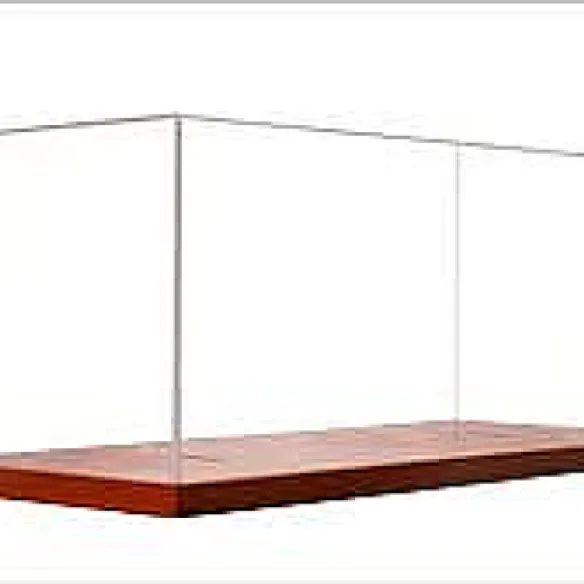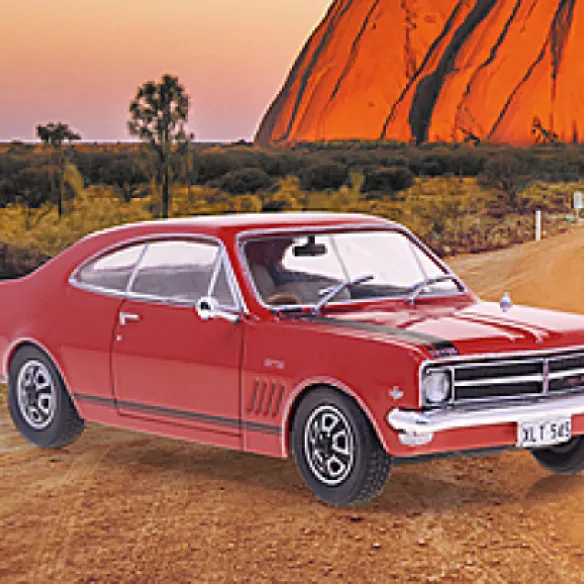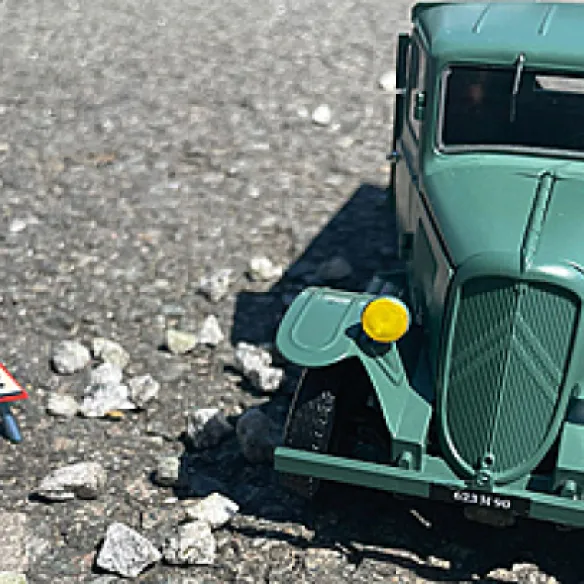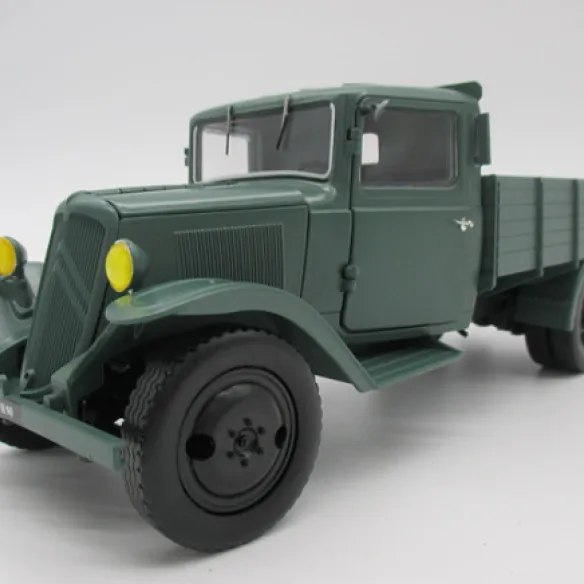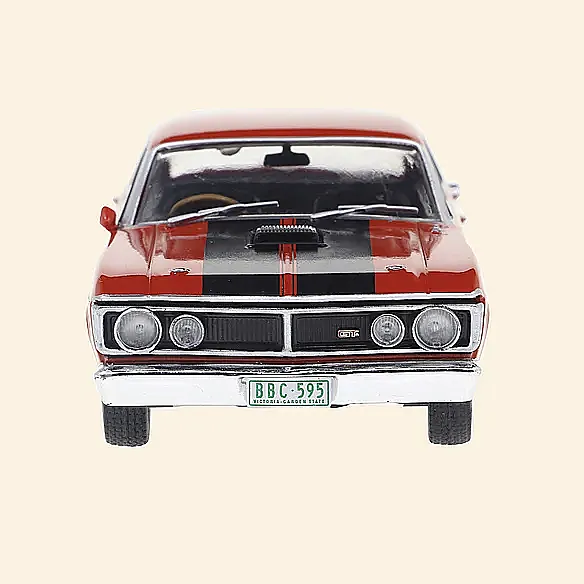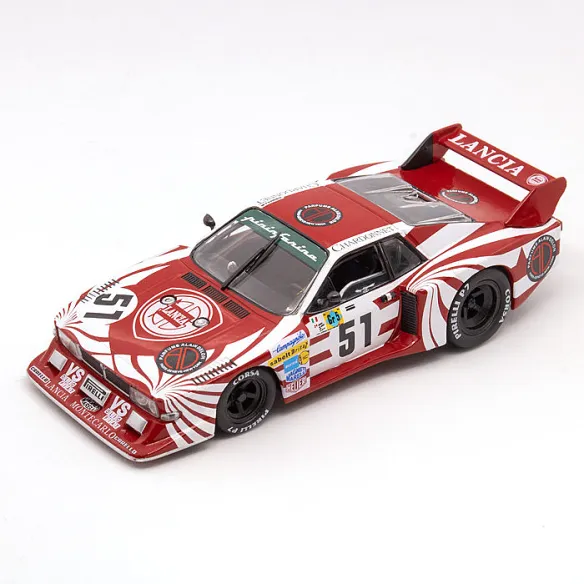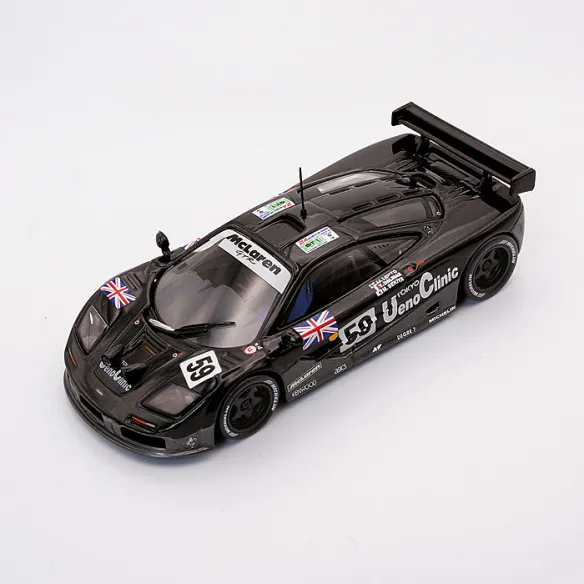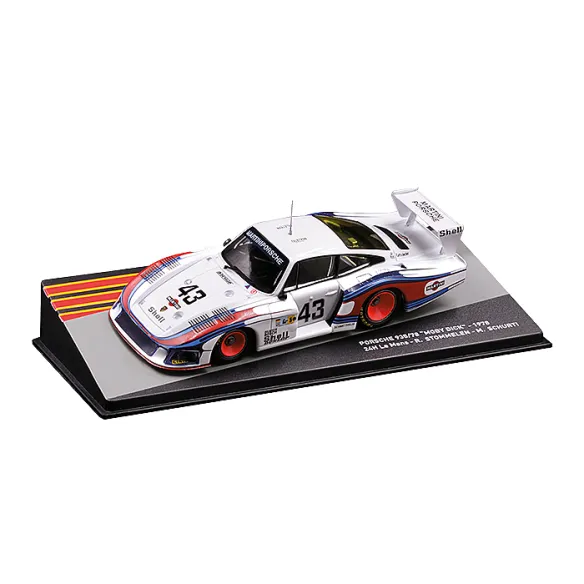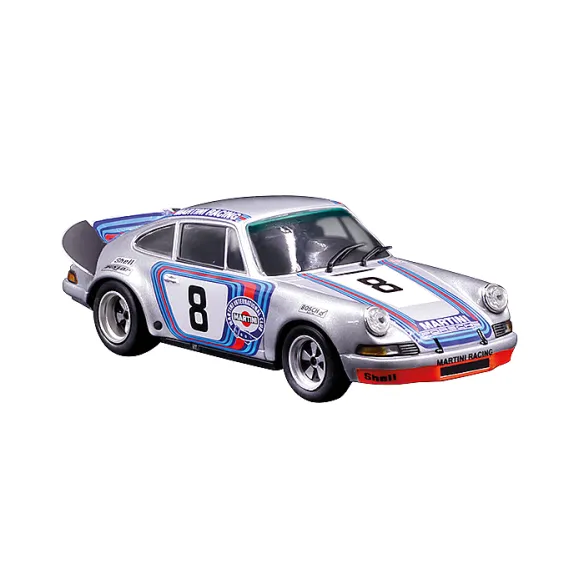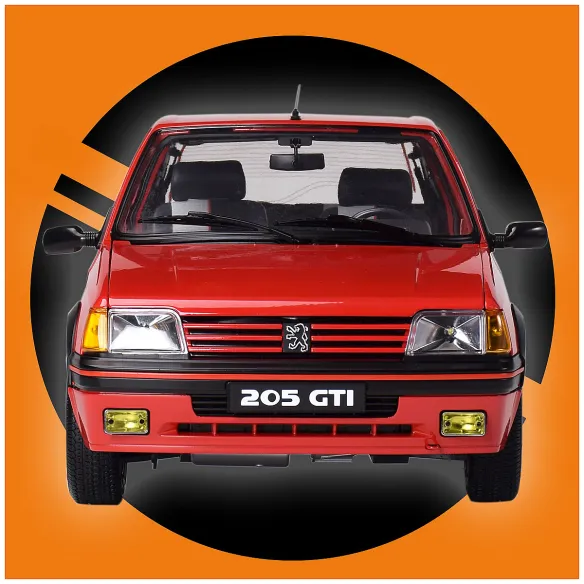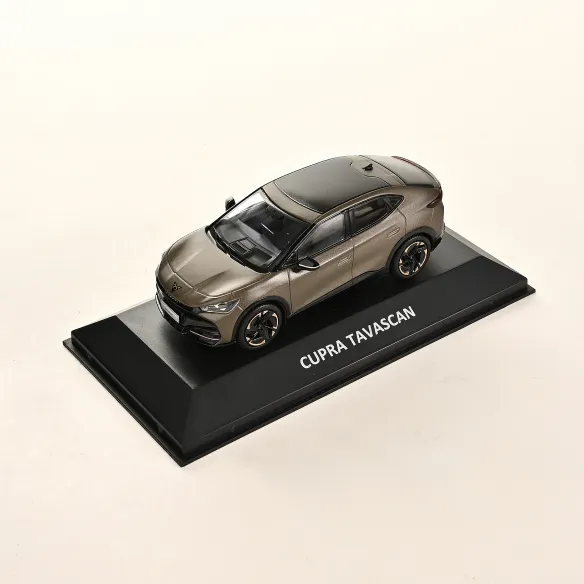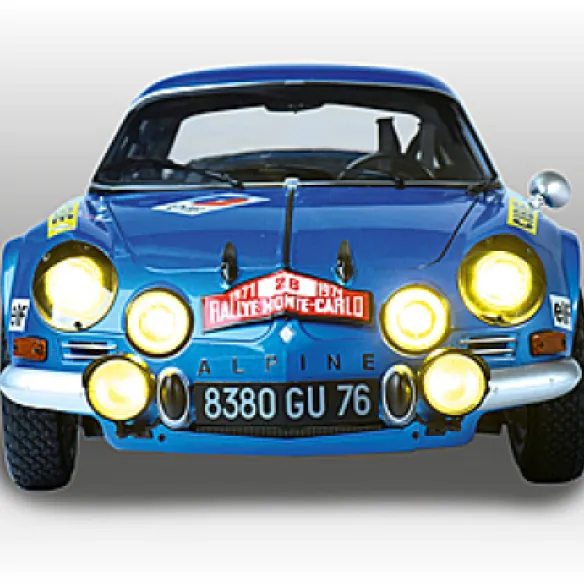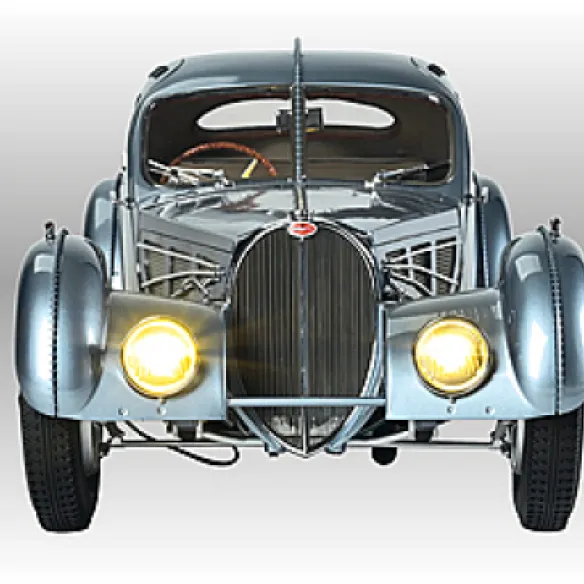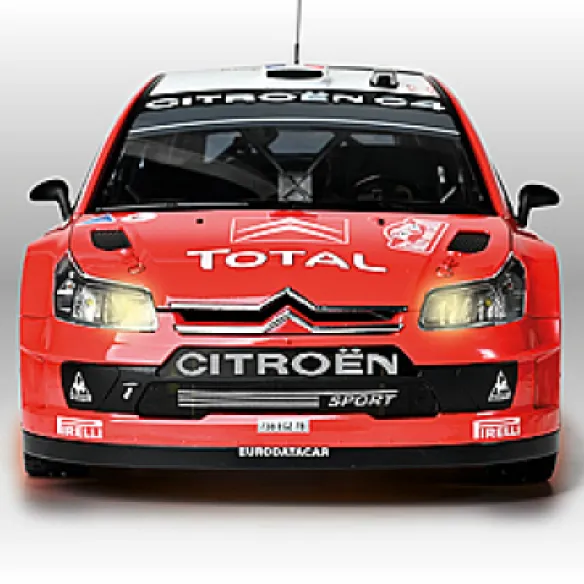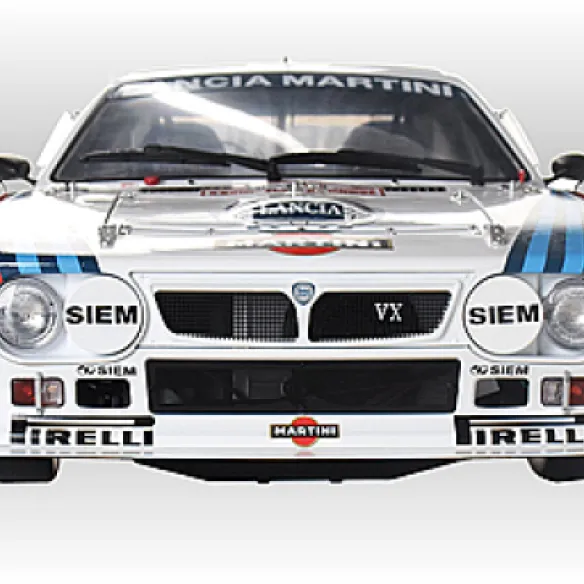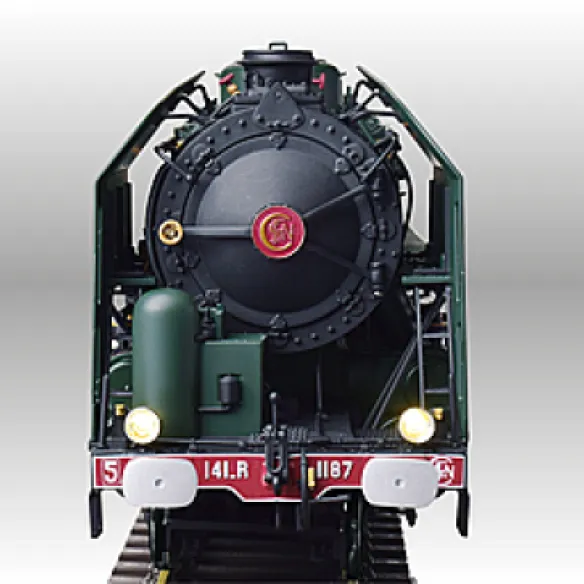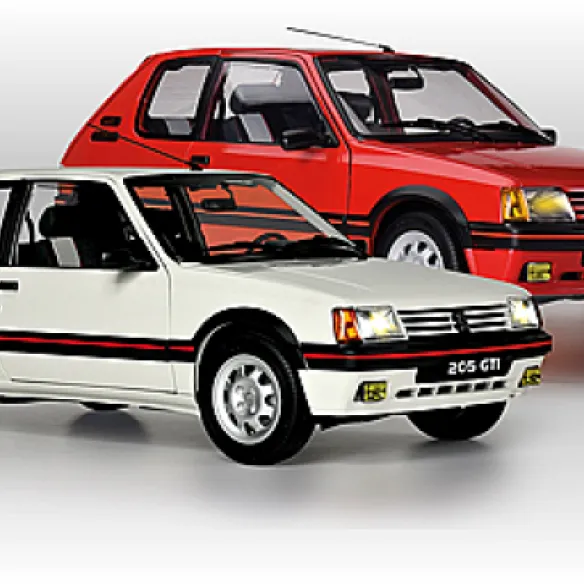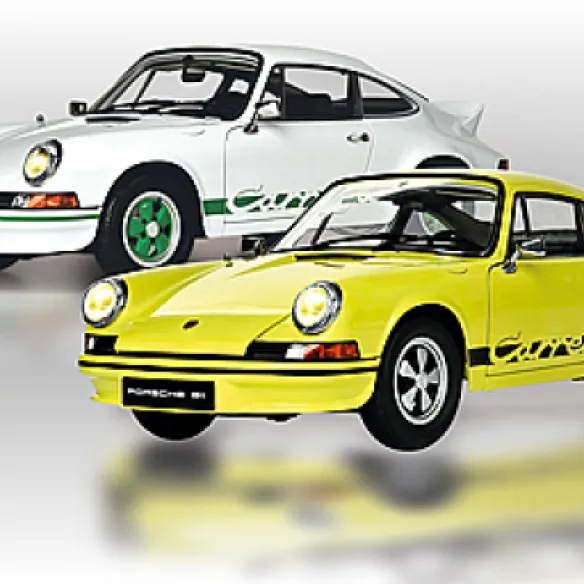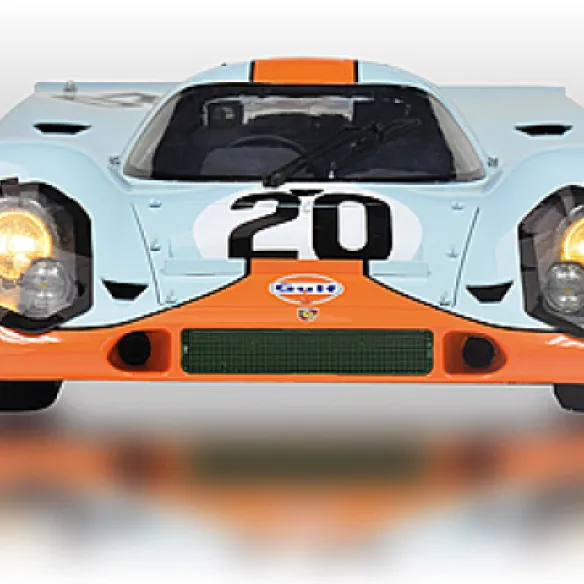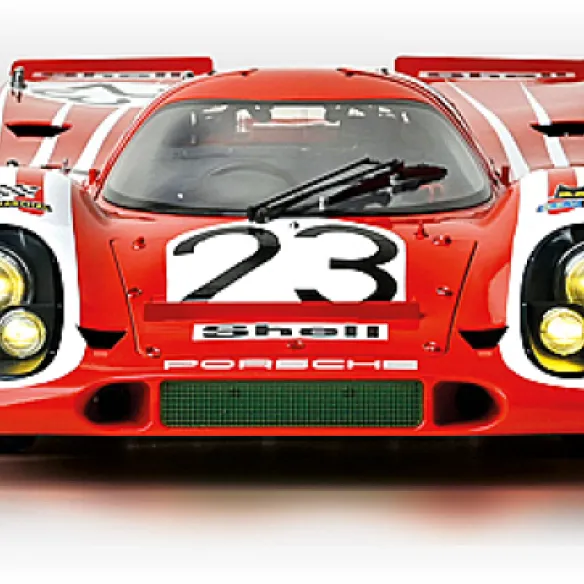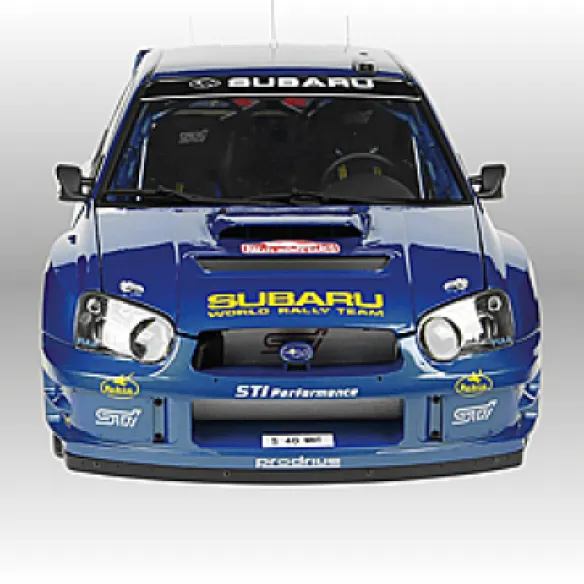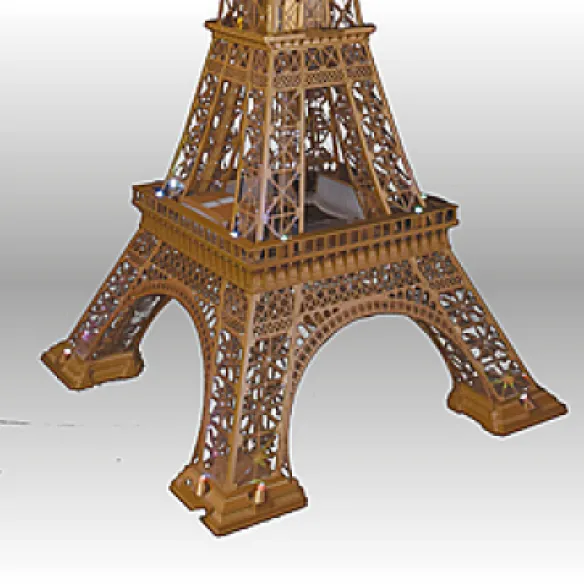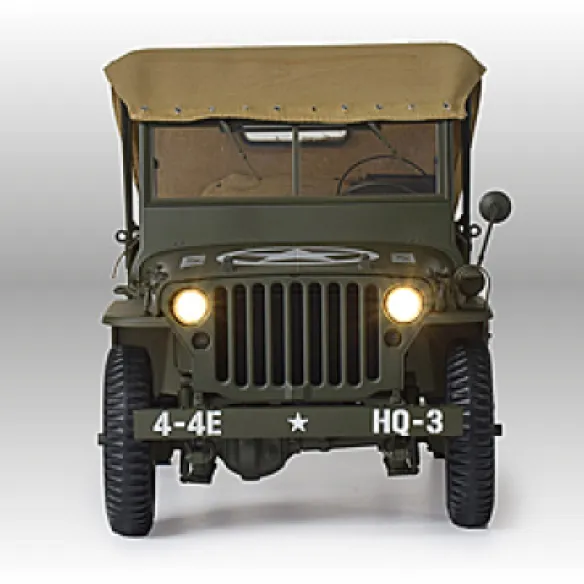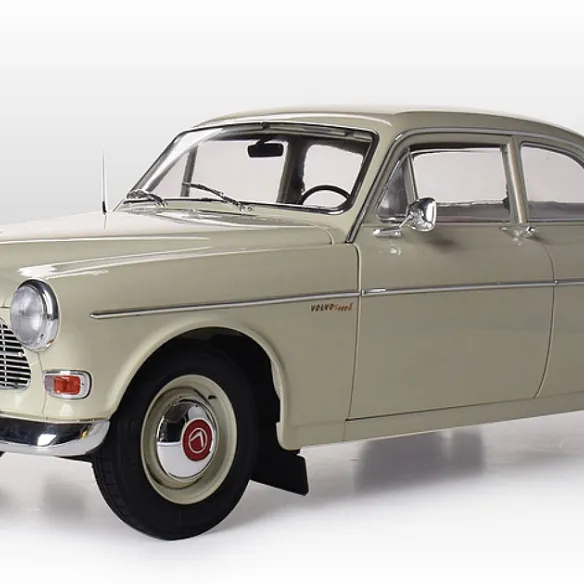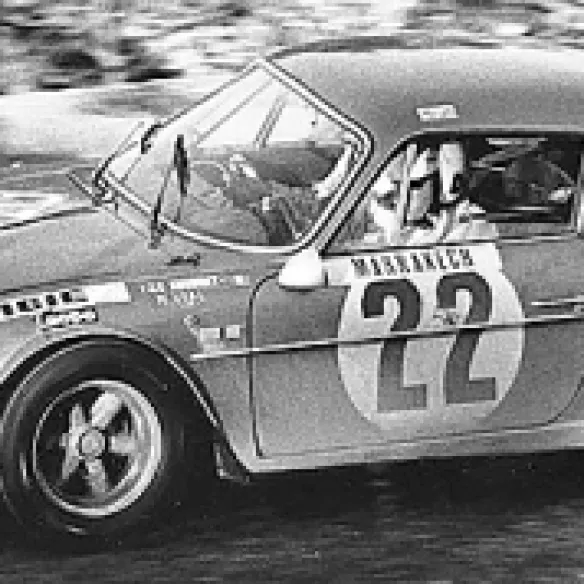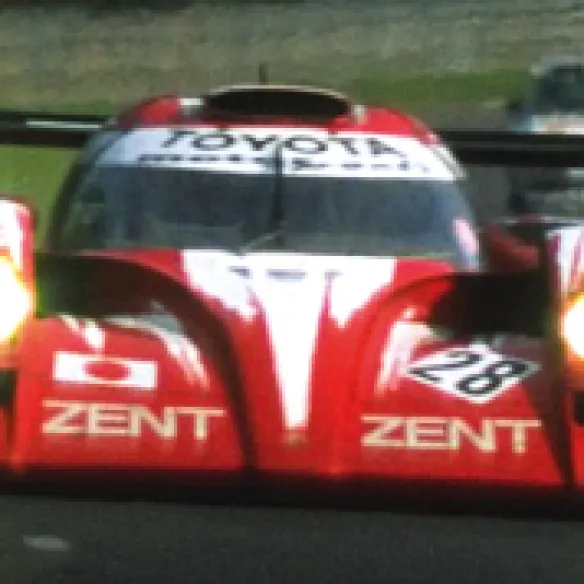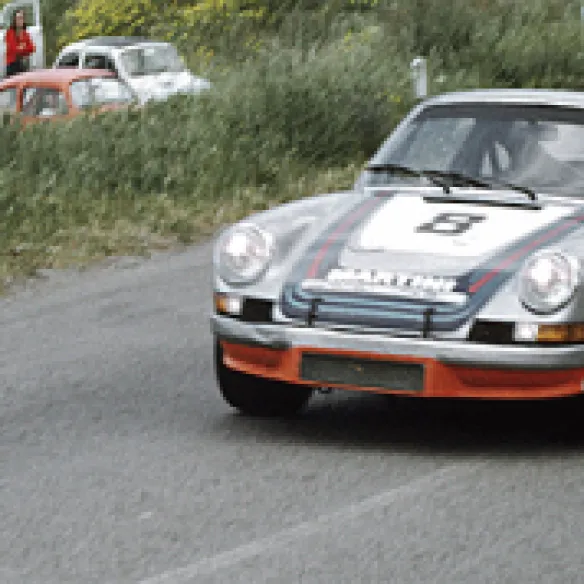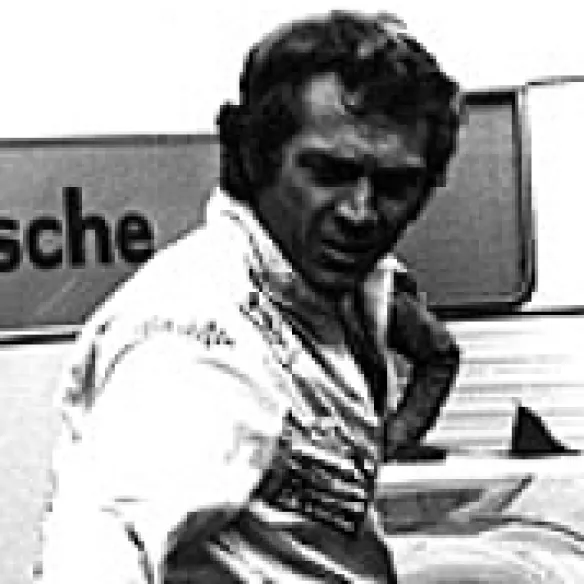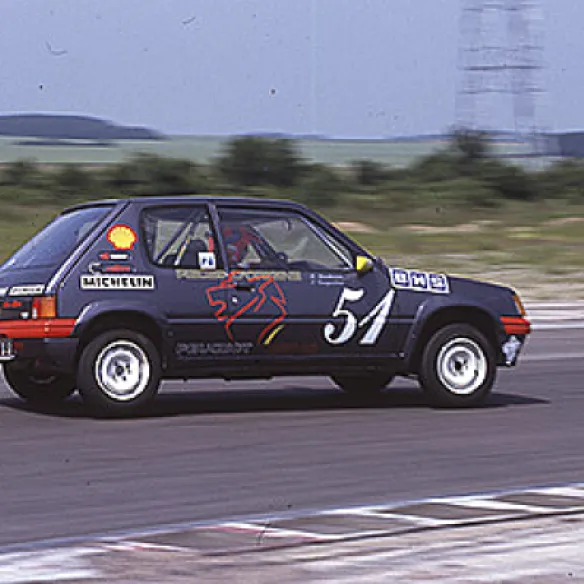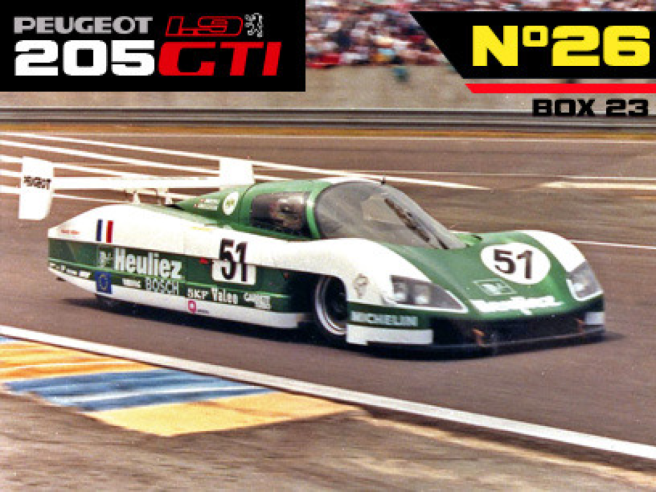
The small artisanal manufacturer WM has always been close to the Sochaux-based brand and was the only one to wear the Peugeot colours in endurance racing for many years.
The WM adventure began in 1969 on the initiative of two Peugeot engineers, Gérard Welter and Michel Meunier, their initials forming the brand's logo. In their spare time, they produced an elegant coupé, called the P69, built on a Peugeot 204 cabriolet base. This first prototype was the draft of the more elaborate WM P70, which was presented to the press on 22 April 1970. This berlinette was to be the starting point for all subsequent WM racing cars.
At the end of the sixties, several French small-scale manufacturers embarked on the adventure of car racing. The quality and performance of these small sports cars were very good, and brands such as Jidé, CG, Fournier-Marcadier, Ligier and WM regularly made their mark alongside the industrial manufacturers, using and modifying the mechanical parts produced for the mass-produced models. The first oil crisis of 1973 put an end to the existence of most of them, but WM still clung to its ambitious projects and the private team finally managed to enter a car in the 1976 Le Mans 24 Hours.
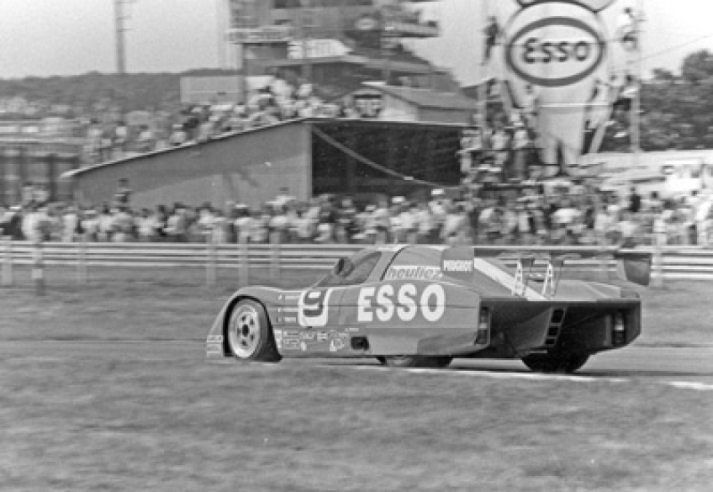
The WM P82 with a 2.8 litre V6 PRV turbo engine was entered in Group C at the 1982 Le Mans 24 Hours where it retired. © IXO Collections SAS - Tous droits réservés. Crédits photo © Heuliez
The unofficial support of the Lion
However, not everything was simple for Gérard Welter and Michel Meunier, the founders of WM seven years earlier, and the road to making their dream a reality was arduous. In 1969, the two partners were employed at the Peugeot Design Office in La Garenne-Colombes and it was quite naturally from elements of this manufacturer that they designed their first P69 and P70 prototypes in a modest room installed in Thorigny in Seine-et-Marne. They were supported in their project by a whole group of competition enthusiasts like themselves: José Mailhé as well as the brothers Denis and Xavier Mathiot, the latter of whom was also part of the crew of the first WM to compete at Le Mans. At that time, although Peugeot was closely following the progress of their work, the Sochaux-based company did not officially commit itself. It was only for the 1976 edition of the 24 Hours that Gérard Welter obtained technical and financial support from the manufacturer and was finally able to enter his P76 in the Sarthe event.
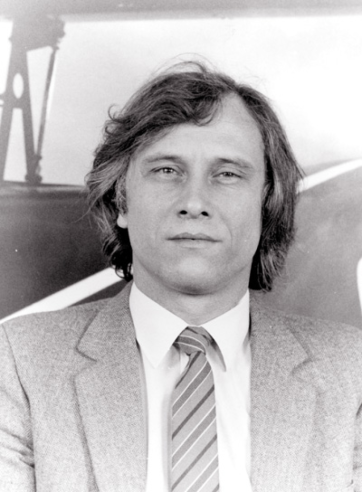
Responsible for Peugeot's exterior styling from 1975, Gérard Welter, the co-founder of WM, ended his career as director of the brand's styling centre from 1998 to 2007. © IXO Collections SAS - Tous droits réservés. Crédits photo © Peugeot
Chasing the clock
From its first participation in the 24 Hours of Le Mans, the ambition of the small WM team was not to win the event, it had no illusions on that point. Its ambition is to break speed records by working on the aerodynamics of its prototypes. Since the previous year, Gérard Welter had become responsible for Peugeot's exterior styling, which explains the meticulous finish of the cars designed at WM. A well-born car, the WM P76 was used for several seasons, undergoing some modifications over time. The initial chassis evolved until the early 1980s, taking the name P78, P79/80 and then P81. In 1977, the naturally-aspirated V6 PRV was fitted with a KKK turbo, giving it a power output of 400 bhp and enabling the WM to break the 300 km/h barrier. In 1987, the WM team set itself the goal of being the first to exceed 400 km/h on the Le Mans circuit. To this end, it set a record a few days before the event, using a section of the newly built A26 motorway. On 4 June, François Migault reached a speed of 416 km/h in his P87, which was then the world road record. Unfortunately, at the 24 Hours race held a few days later, although one of the two WMs entered broke the speed record in practice (381 km/h), neither of them finished the race.
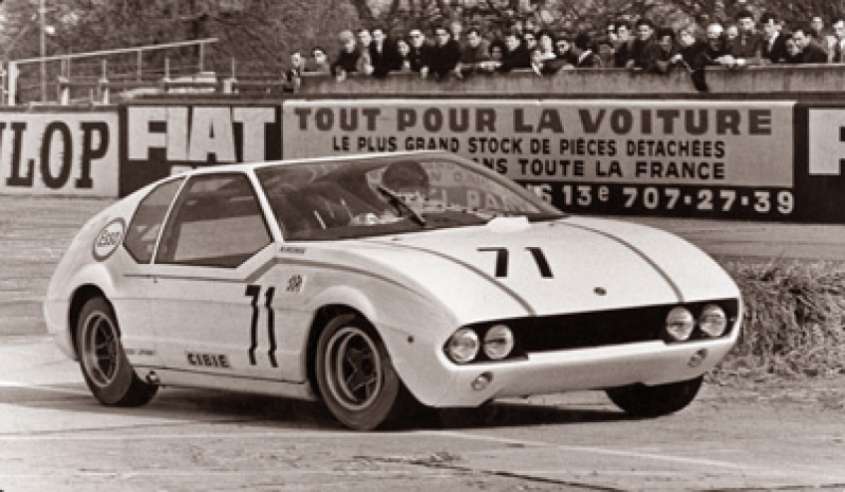
The WM P69, here in Monthléry in 1969, the one that started it all, was based on the 1,130cc chassis and engine of the Peugeot 204 cabriolet. © IXO Collections SAS - Tous droits réservés. Crédits photo © Peugeot
The "400 Project"
For the 1988 edition, WM still had its challenge, which it called the "Project 400", and it entered two cars, a P88 (n° 51) for the Claude Haldi-Roger Dorchy team and a modified P87 (n° 52) for Pascal Pessiot and Jean-Daniel Raulet. In practice, the No. 52 was 22nd (3'34''65) with a top speed of 376 km/h, while the No. 51 was 36th (3'41''48) at a top speed of 380 km/h. During the race, the car of Pessiot and Raulet abandoned at the 5th hour, victim of its transmission. All the hopes rested on the second car and they were not to be disappointed. Shortly before 9 pm, after a first lap time of 394 km/h, Roger Dorchy was indeed recorded at 405 km/h in the Hunaudières straight! But the pretty P88 was not to recover from this historic feat as it retired at the 11th hour due to an overheated engine. WM came back to Le Mans in 1989 for a last ride without any achievement, putting an end to the adventure of this manufacturer under this name.
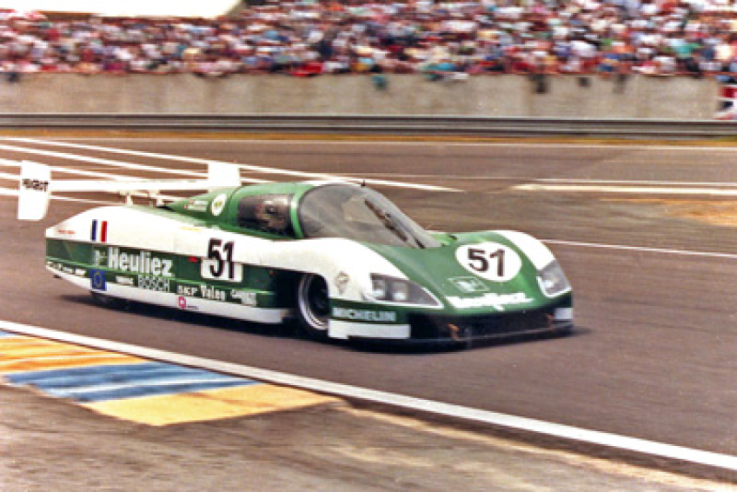
On 11 June 1988, Roger Dorchy set the absolute record of 405 km/h on the Le Mans circuit. The WM P88 No. 51 was painted in the elegant green and white livery of the Heuliez coachbuilder, the team's main sponsor at the time. © IXO Collections SAS - Tous droits réservés. Crédits photo © Heuliez
WM at the 24 Hours of Le Mans
The WM team competed at Le Mans from 1976 to 1989. Out of thirty-two entries, the WMs, which were always powered by the V6 Peugeot PRV engine, finished their race nine times and placed between 4th and 17th on eight occasions. There was also a disqualification in 1985, after the finish (24th position) for not conforming weight. The best ranking was achieved in 1980 by the P79/80 driven by Guy Fréquelin and Roger Dorchy who finished in 4th place at an average speed of 180, 593 km/h. After more than a year's absence, the Lagny-based team returned to Le Mans in 1990 under the name WR (Welter Racing), still in association with Peugeot for the engine.
A historic achievement
The 56th edition of the 24 Hours of Le Mans in 1988 was marked by the record for the highest speed ever recorded on this circuit. This feat was achieved by Roger Dorchy at the wheel of his WM-Peugeot P88, which reached 405 km/h on the long Hunaudières straight. This record has never been beaten since, because slowing chicanes have been added since 1990. This symbolic figure of 405 km/h was used by Peugeot in its communication, as this media feat came at the right time to support the new 405 saloon launched at the same time! A few days earlier, during tests, Roger Dorchy had reached 408 km/h, but his performance could not be officially validated because the time recording system was not connected...
Recent articles
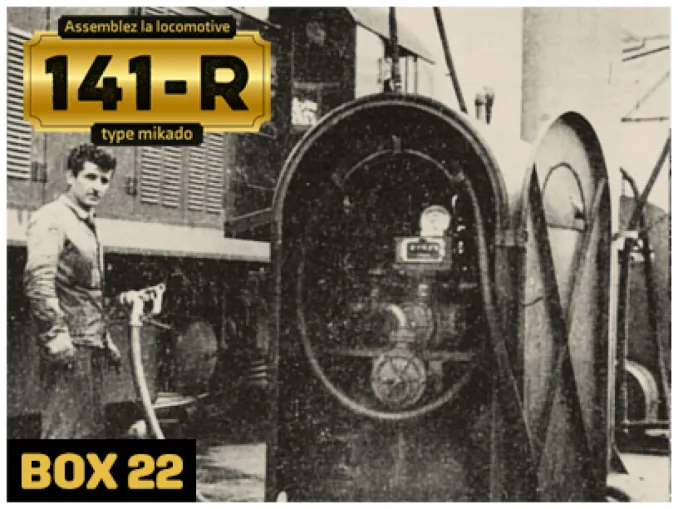
24/06/2025
The 141-R, late queens of petrol
With the 141-R, the reign of coal in France suddenly declined.
Read more
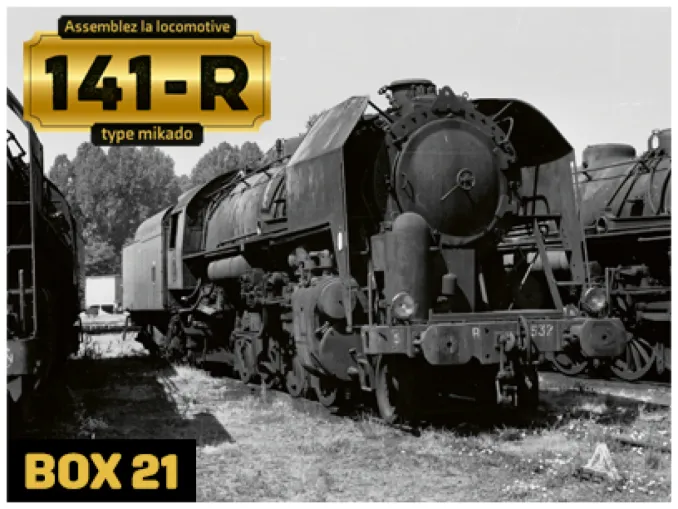
24/06/2025
The 141-R, the arrival of the second tranche
The 141-R-701 to 1340 locomotives make up the second tranche, delivered from 15 August 1946, while those in the first tranche are still being delivered.
Read more
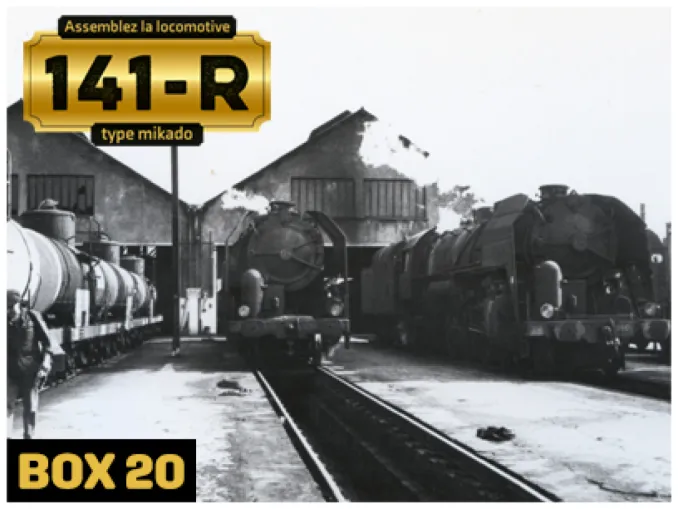
24/06/2025
THE 141-R CHANGED THE ROLE OF STAFF
These powerful, robust locomotives, imported from the United States after the Second World War, radically transformed the role of the staff at SNCF depots in terms of rail transport in France.
Read more


 English
English français
français Deutsch
Deutsch español
español italiano
italiano português
português